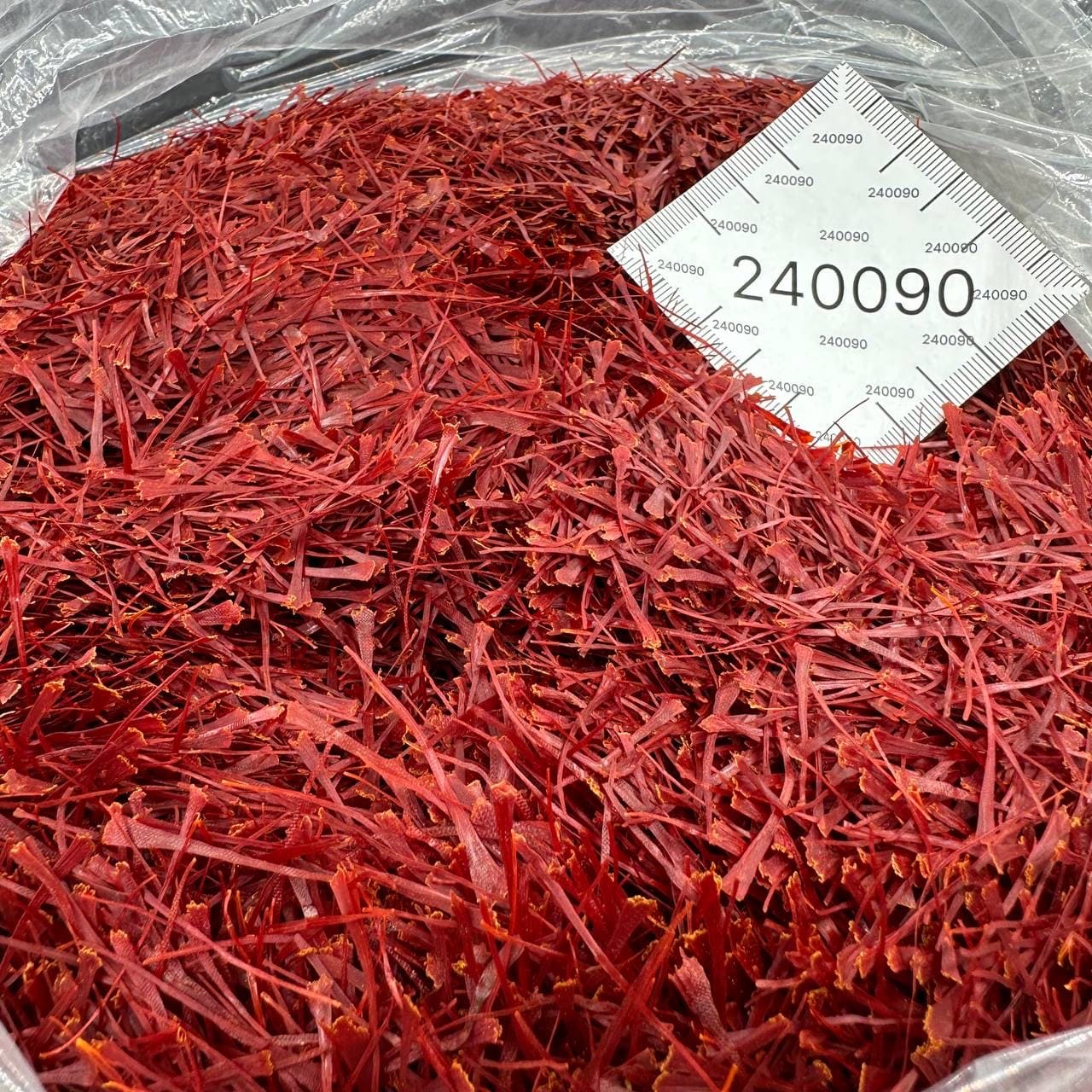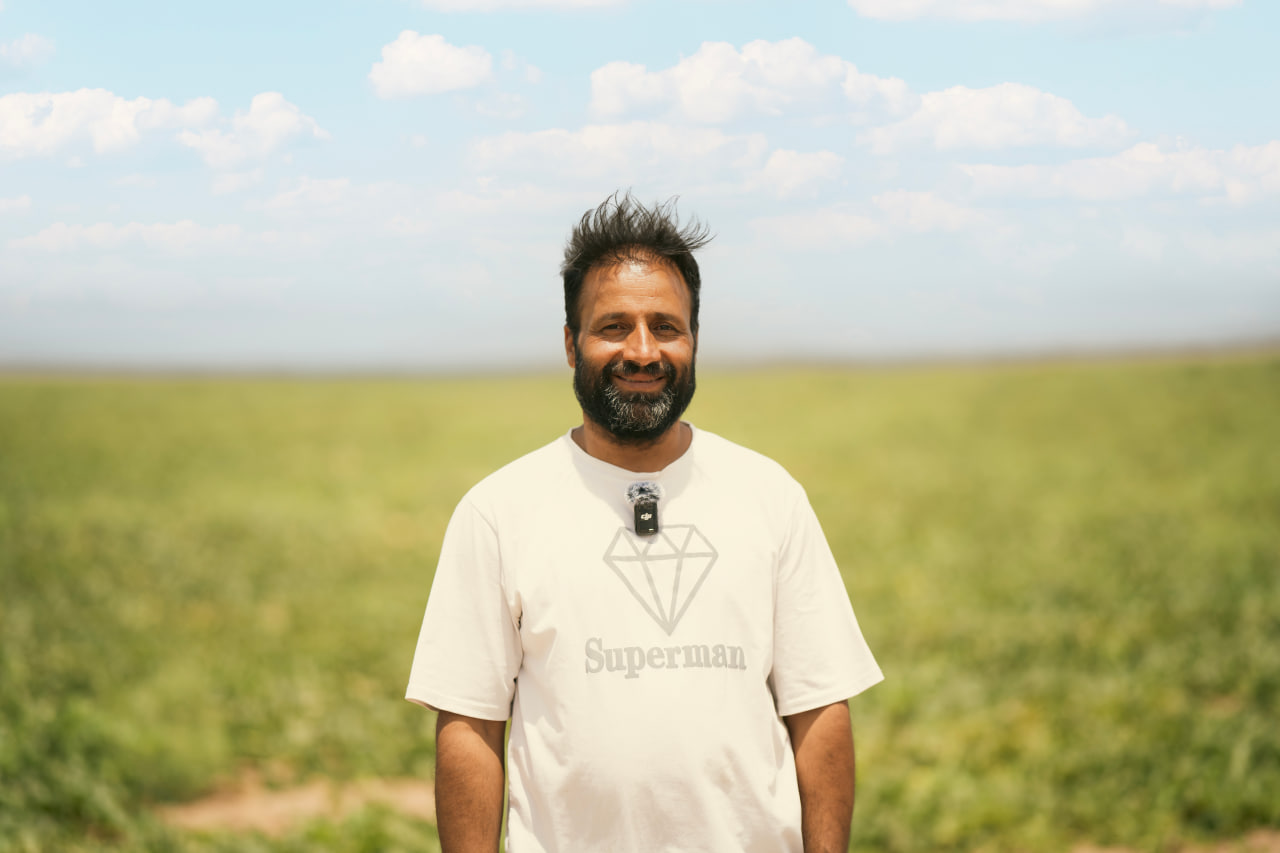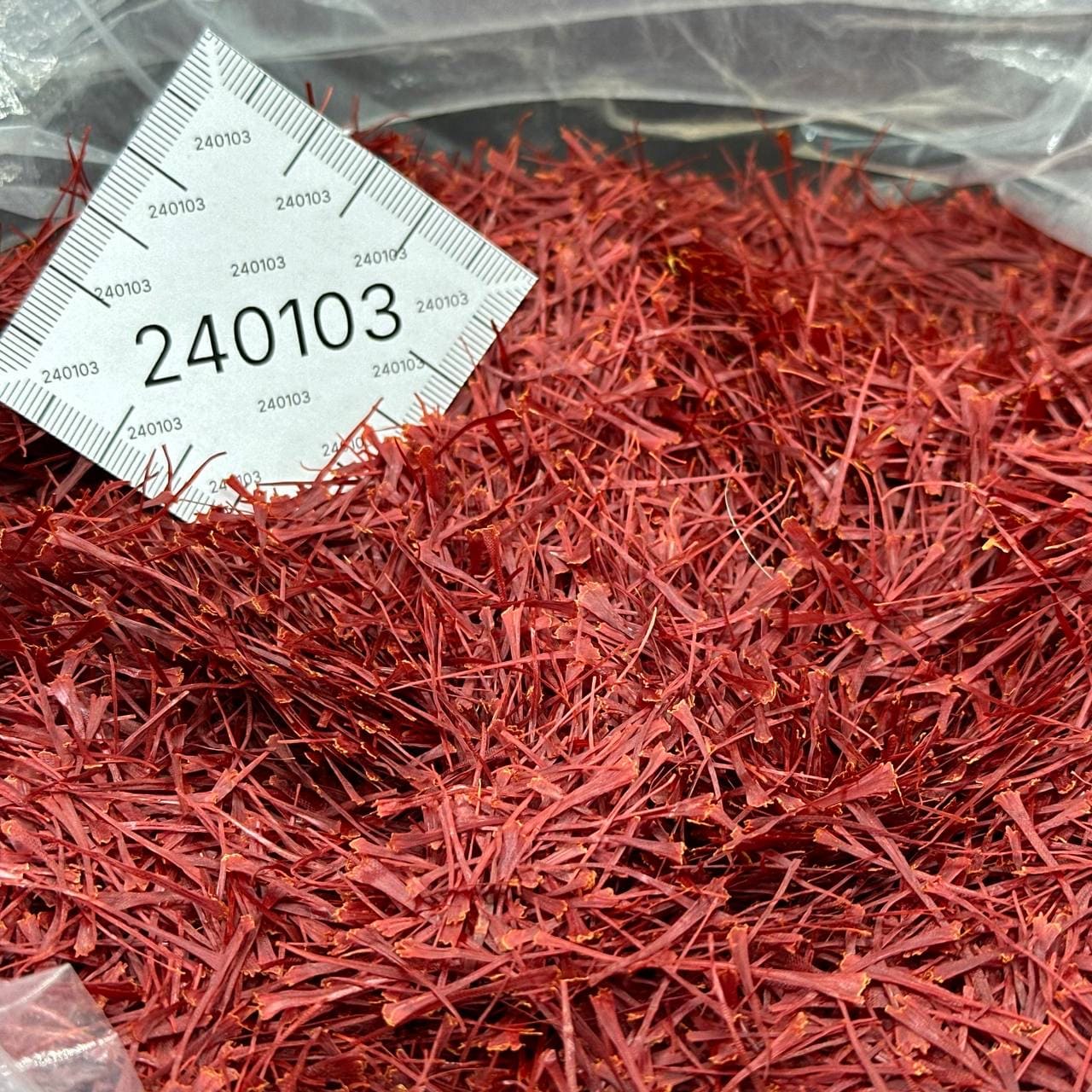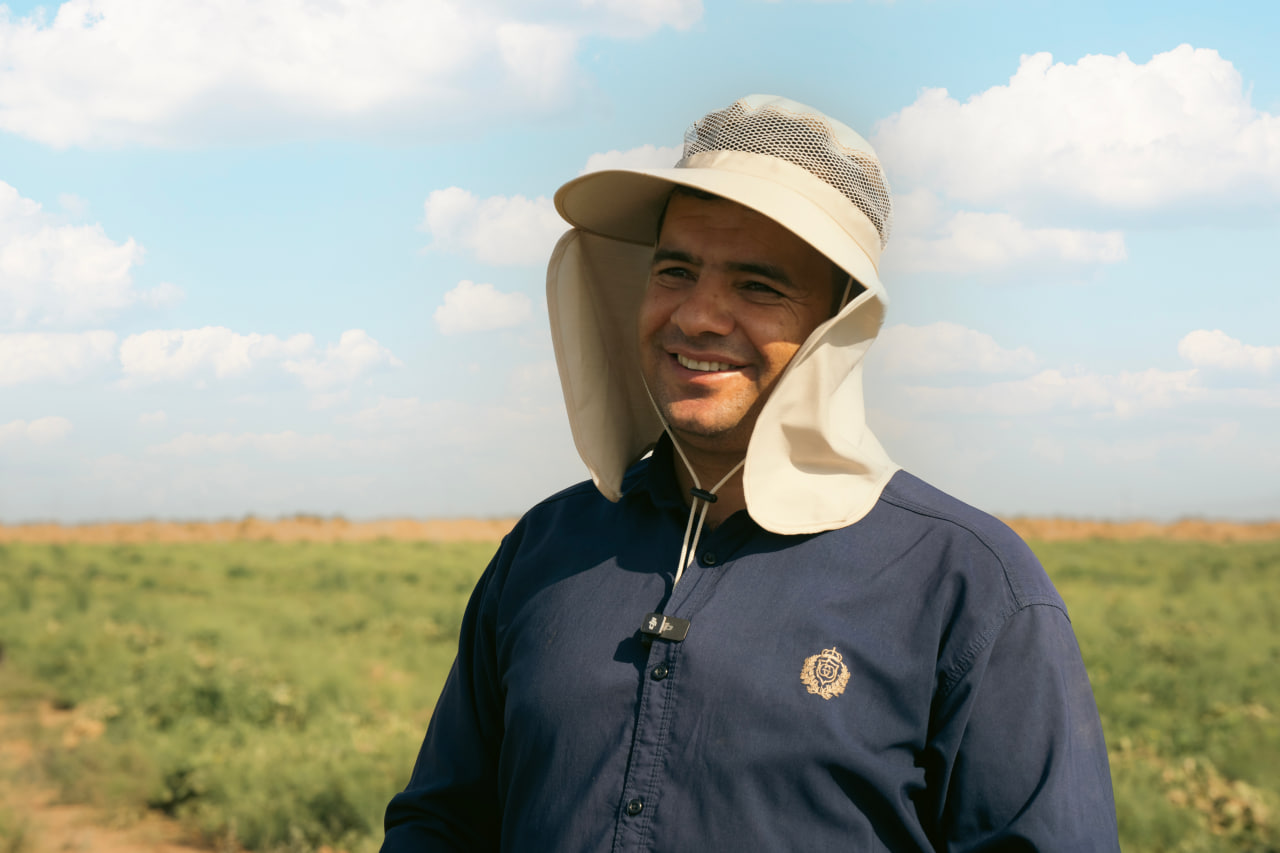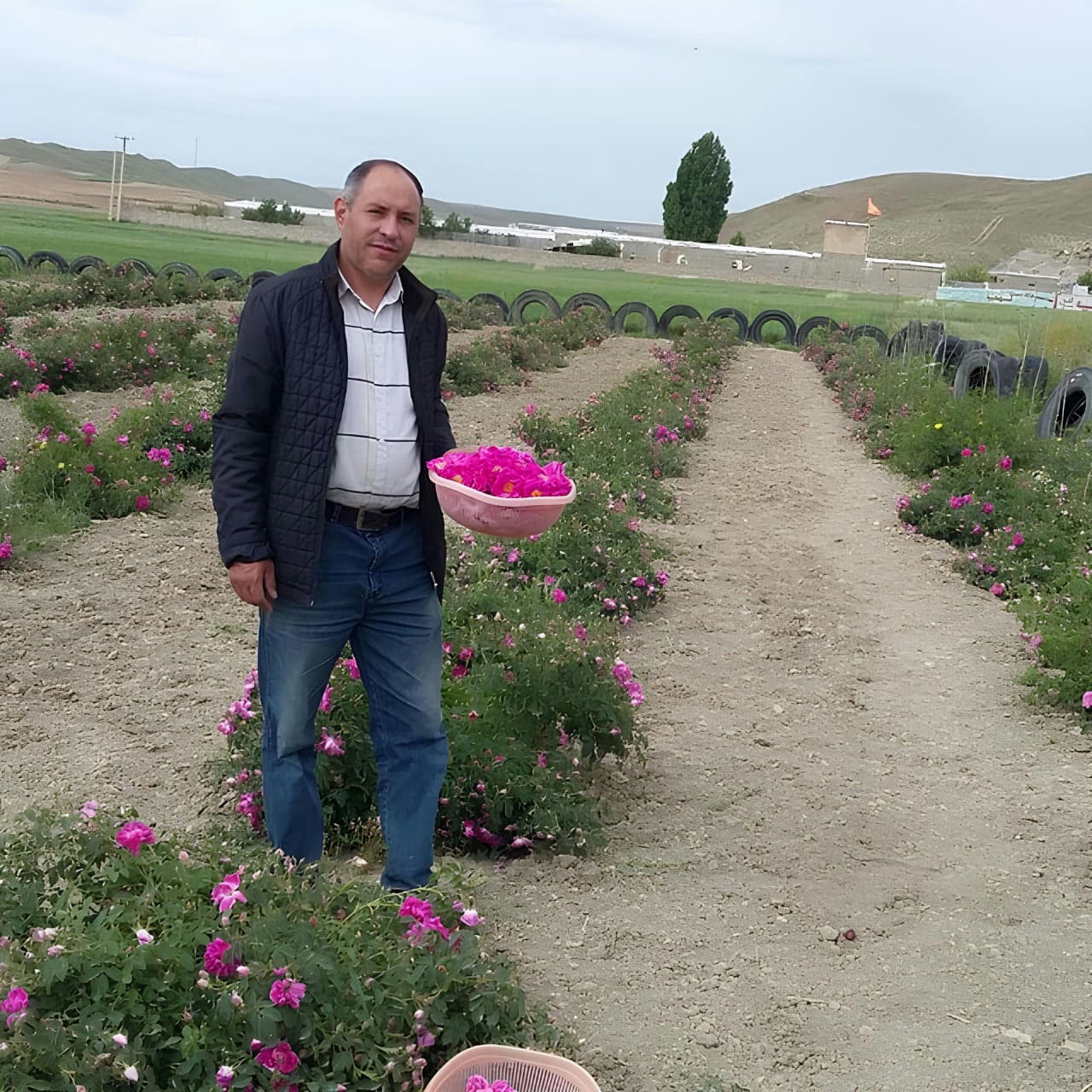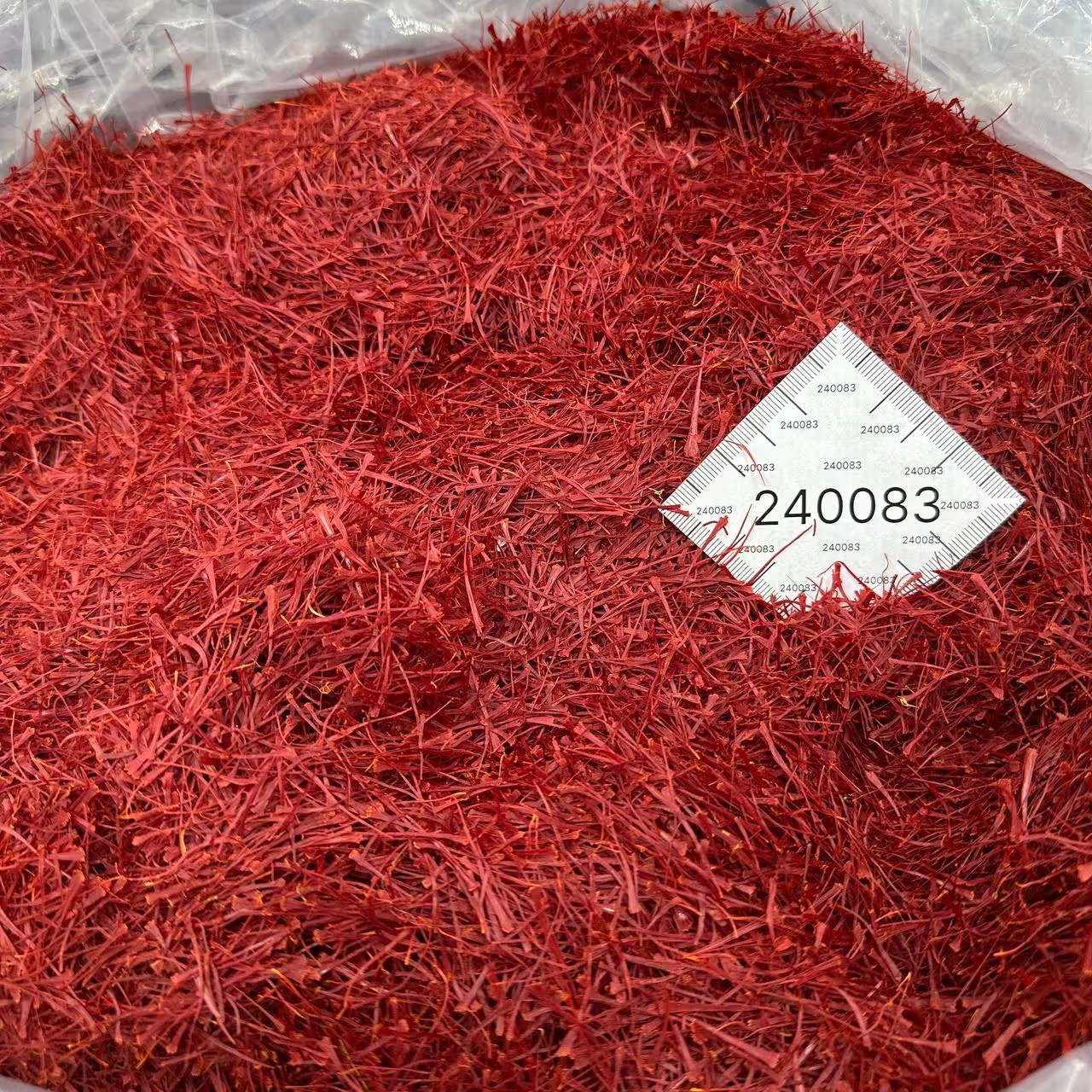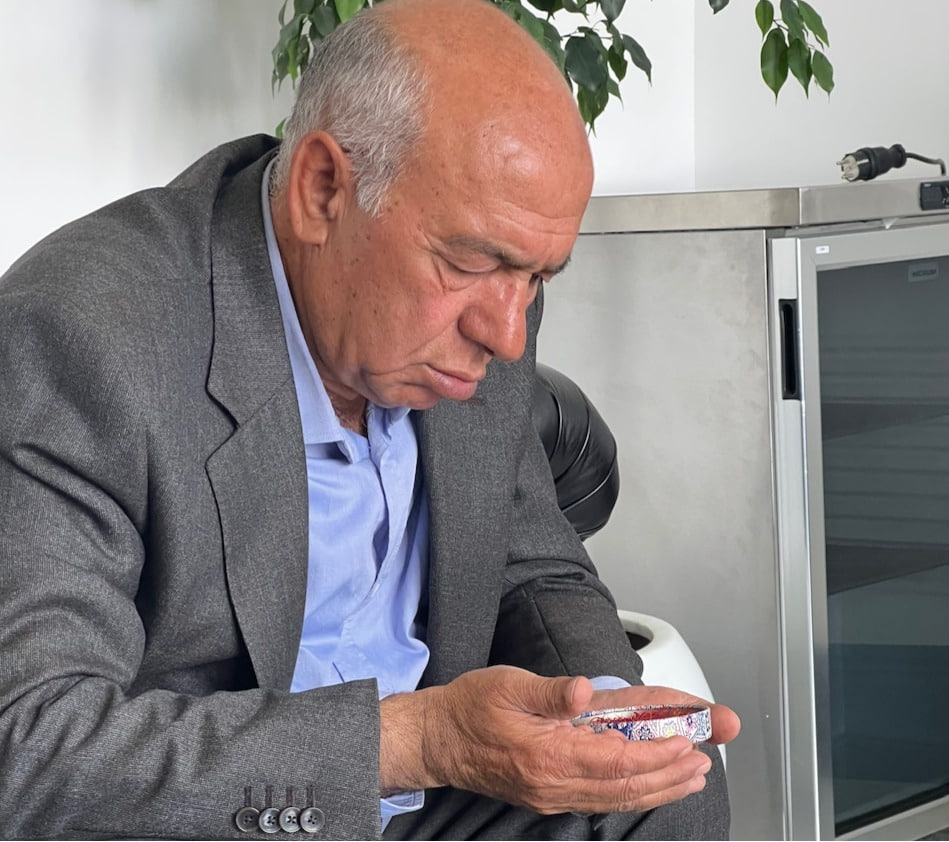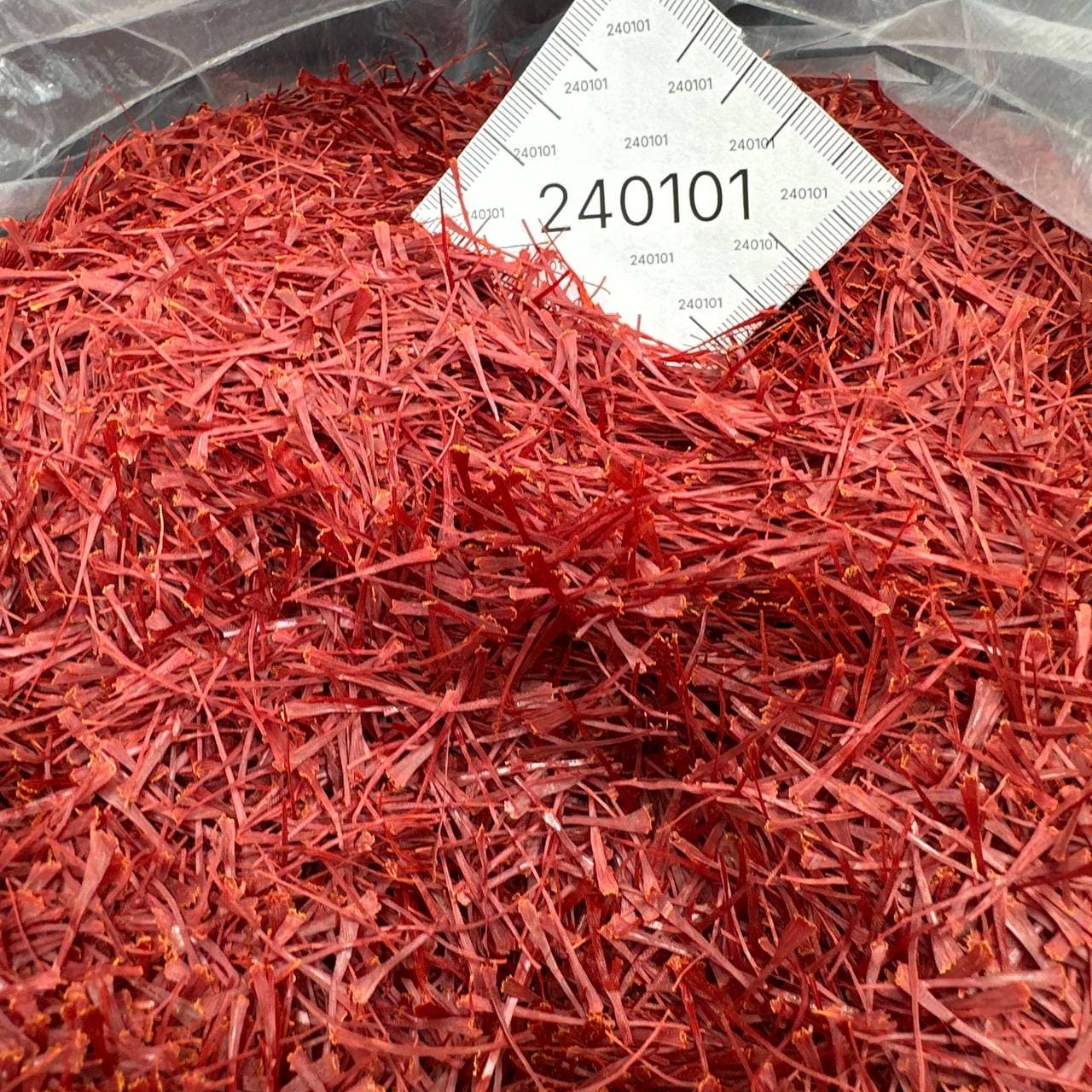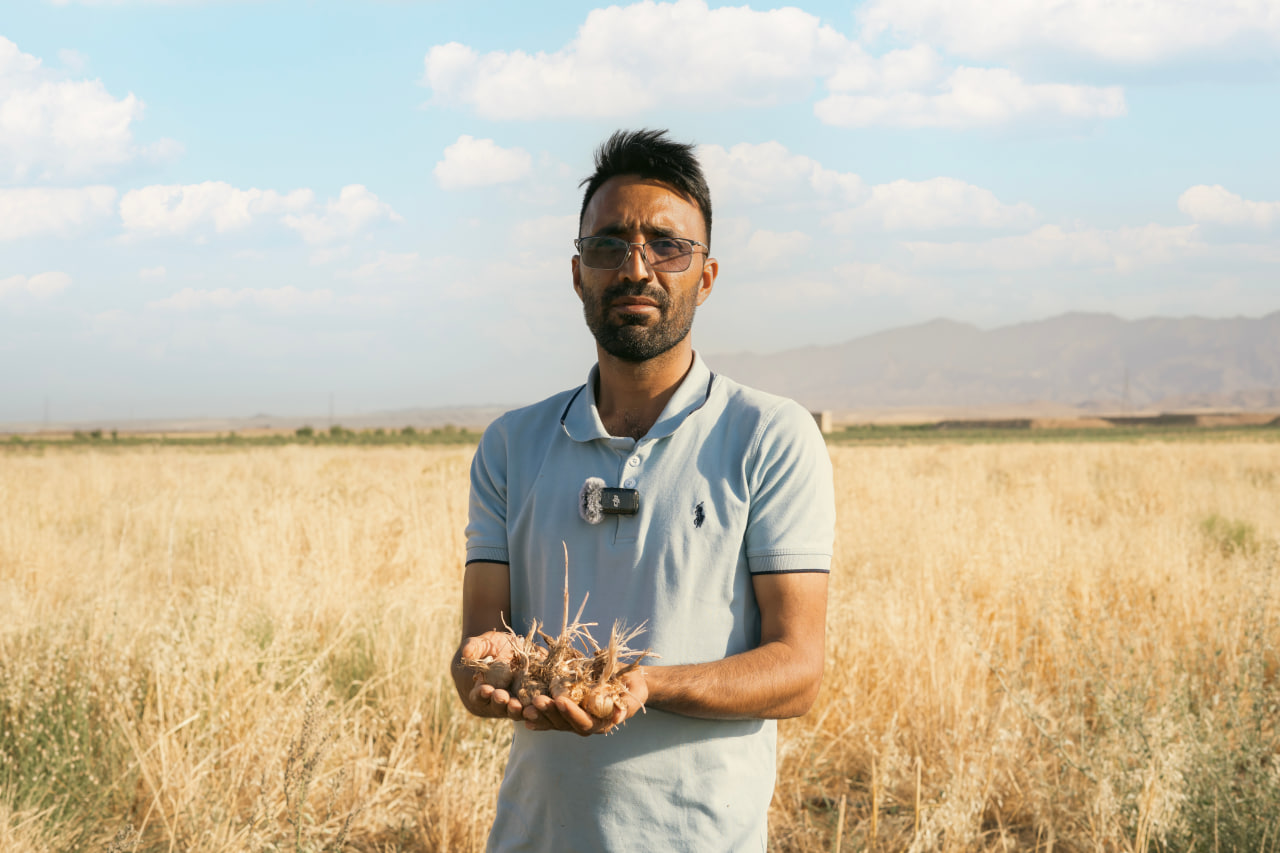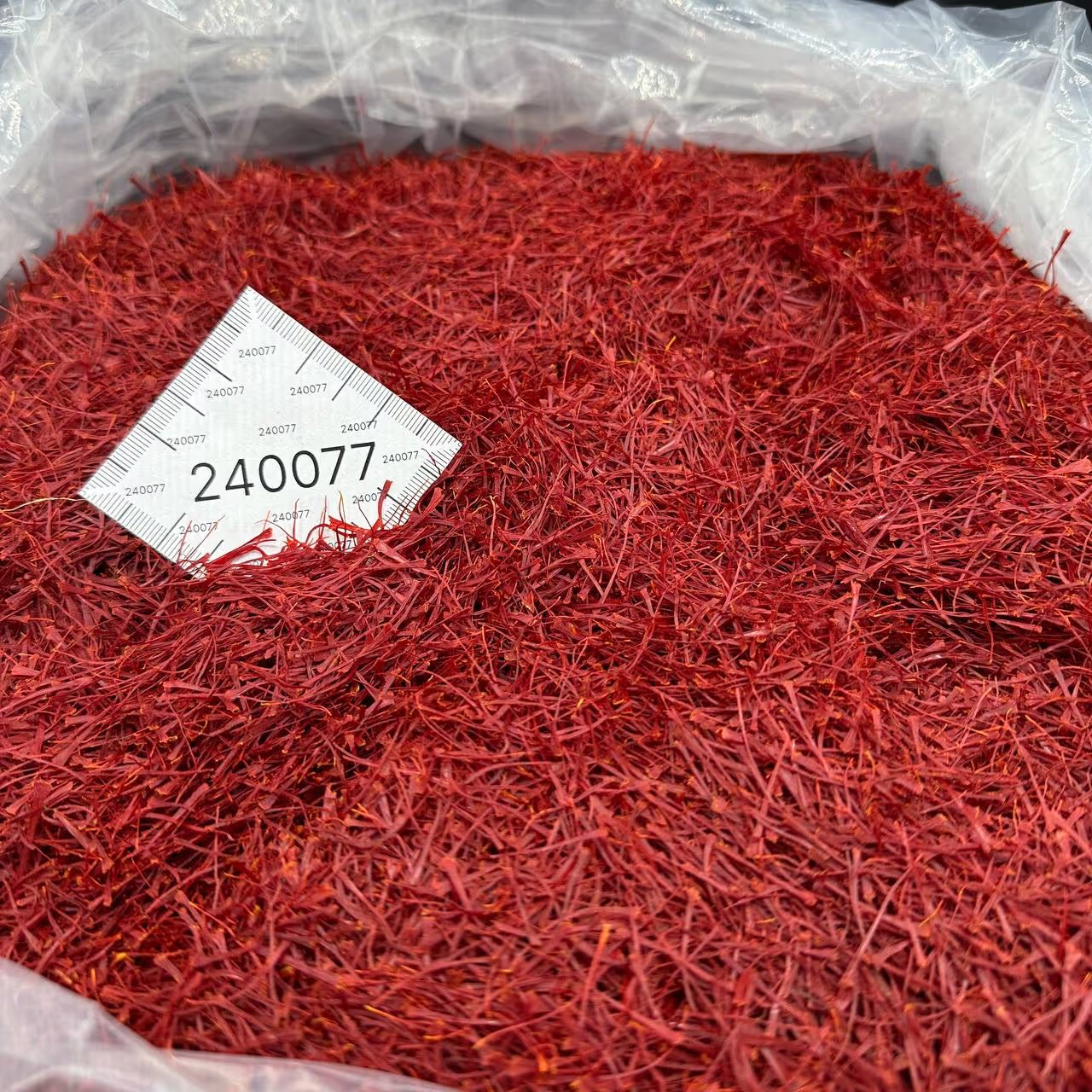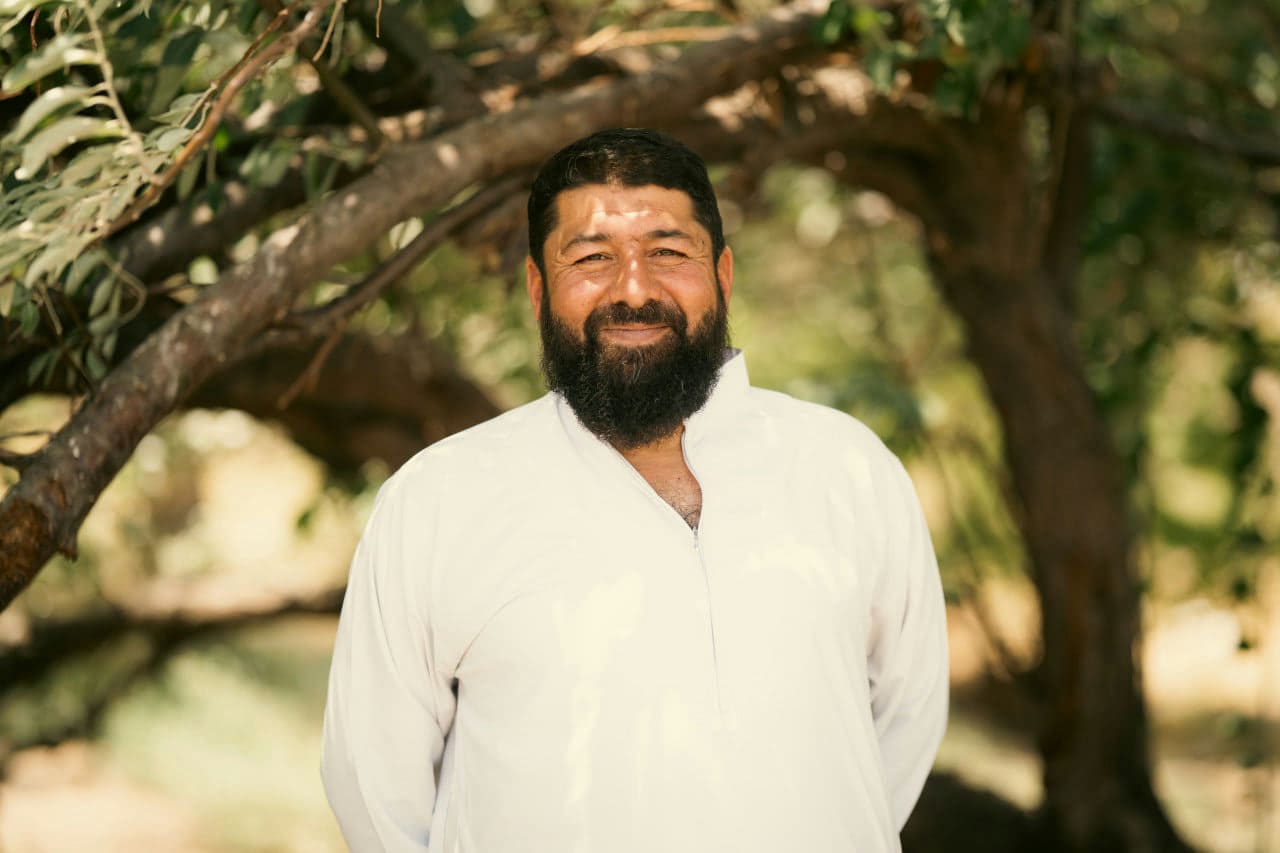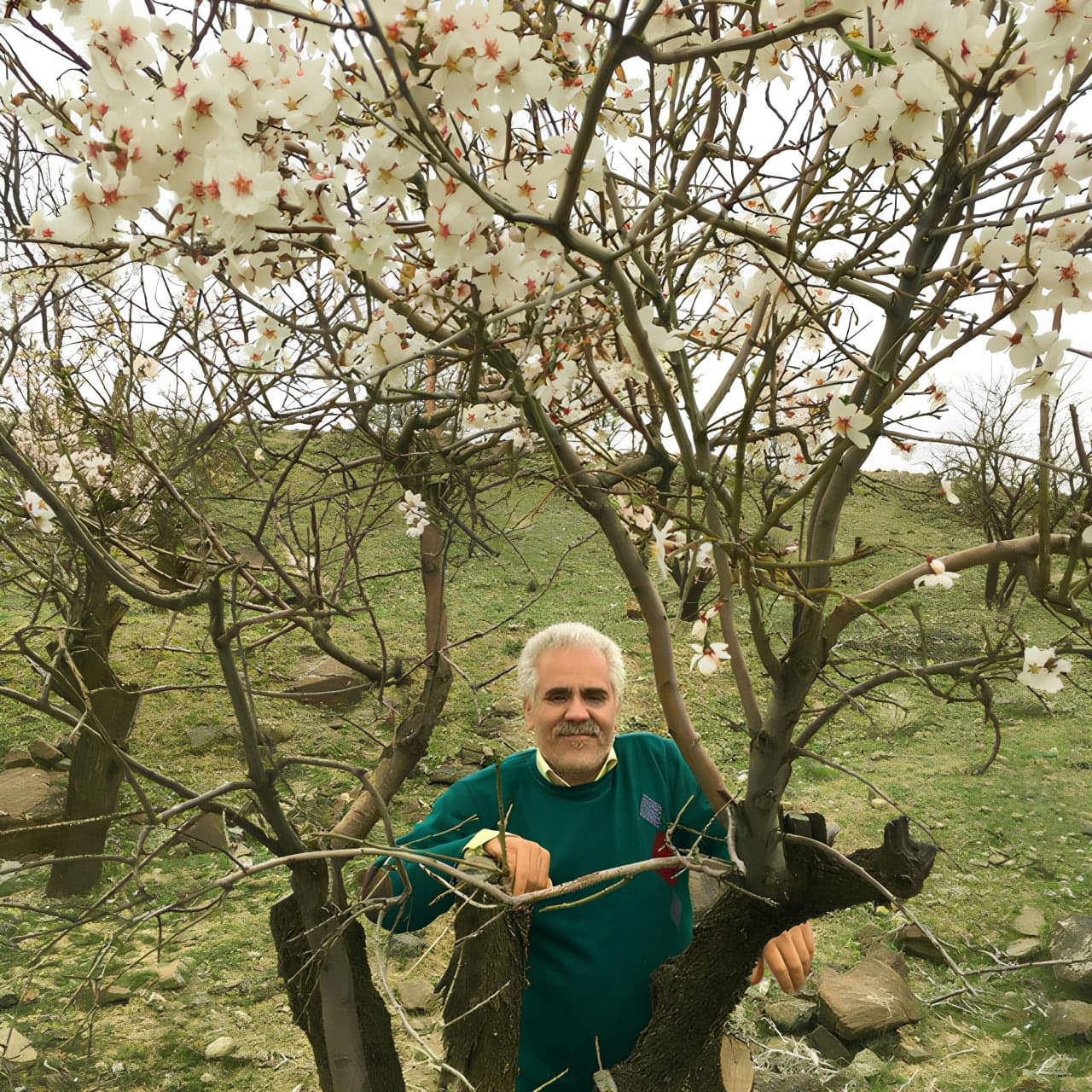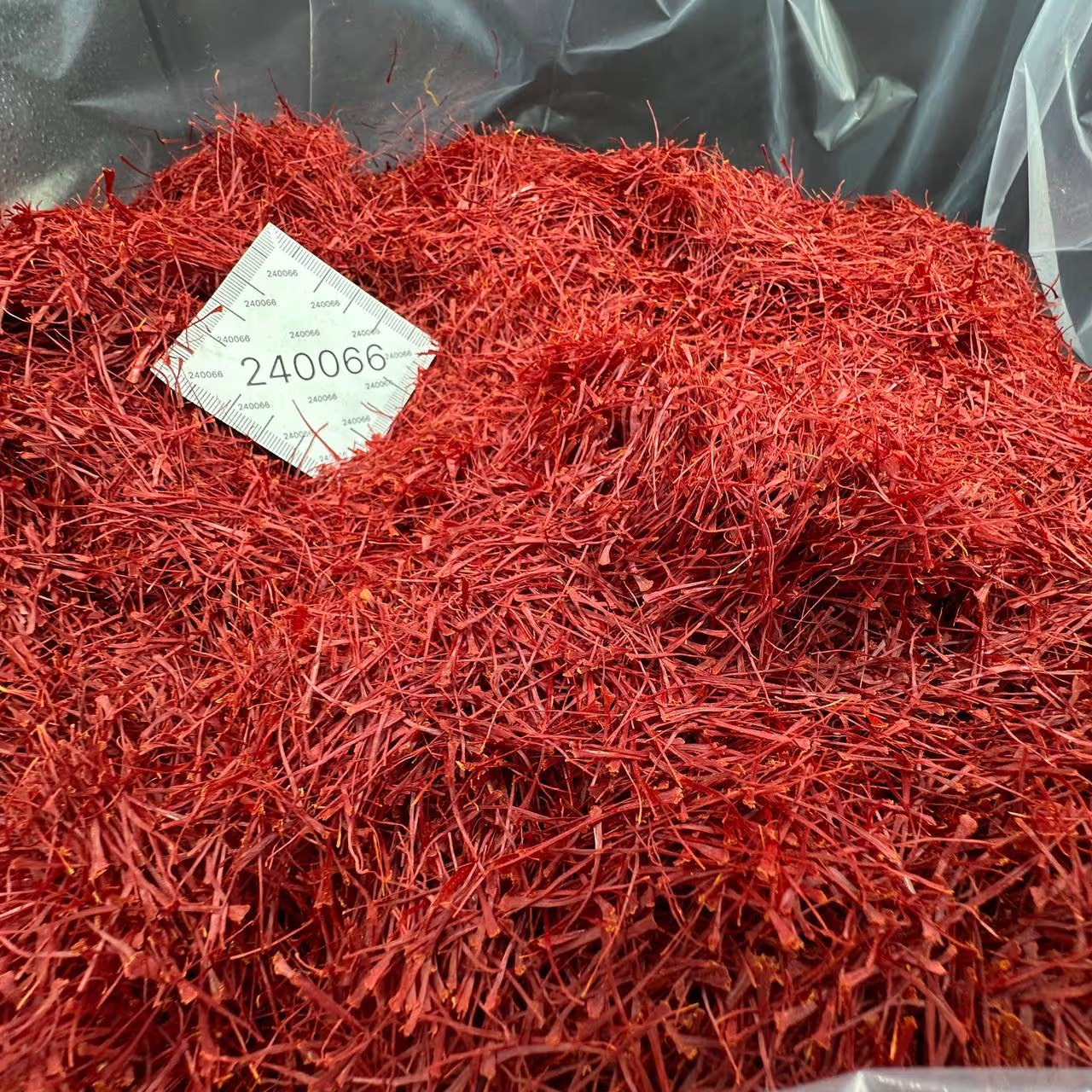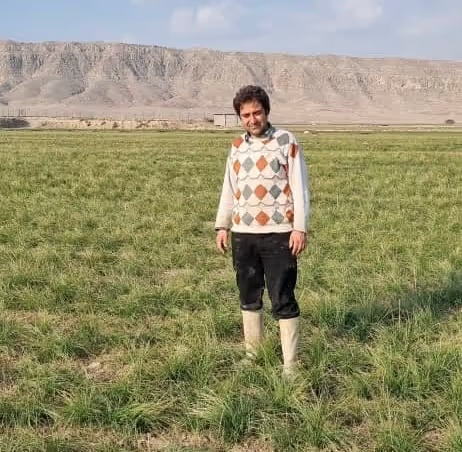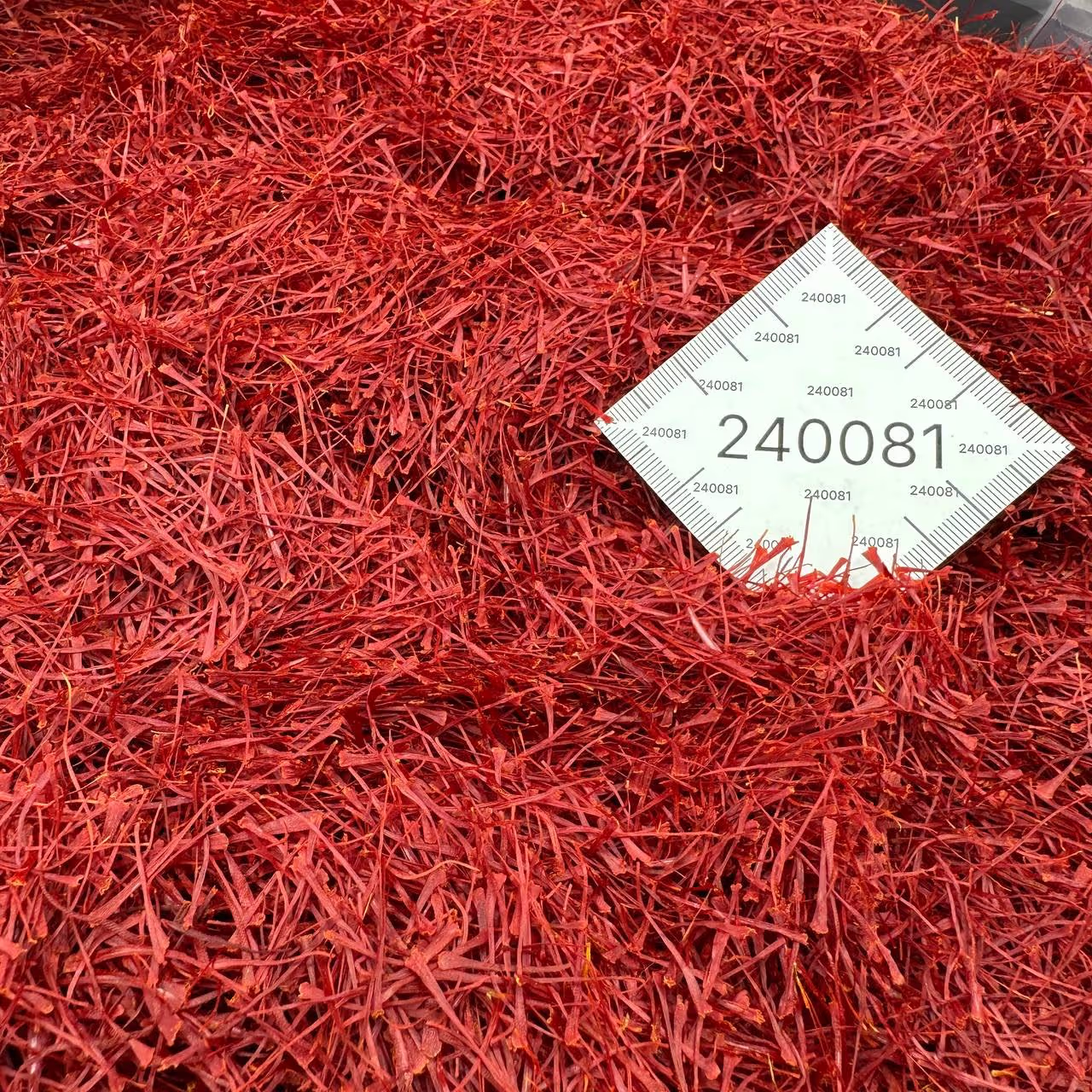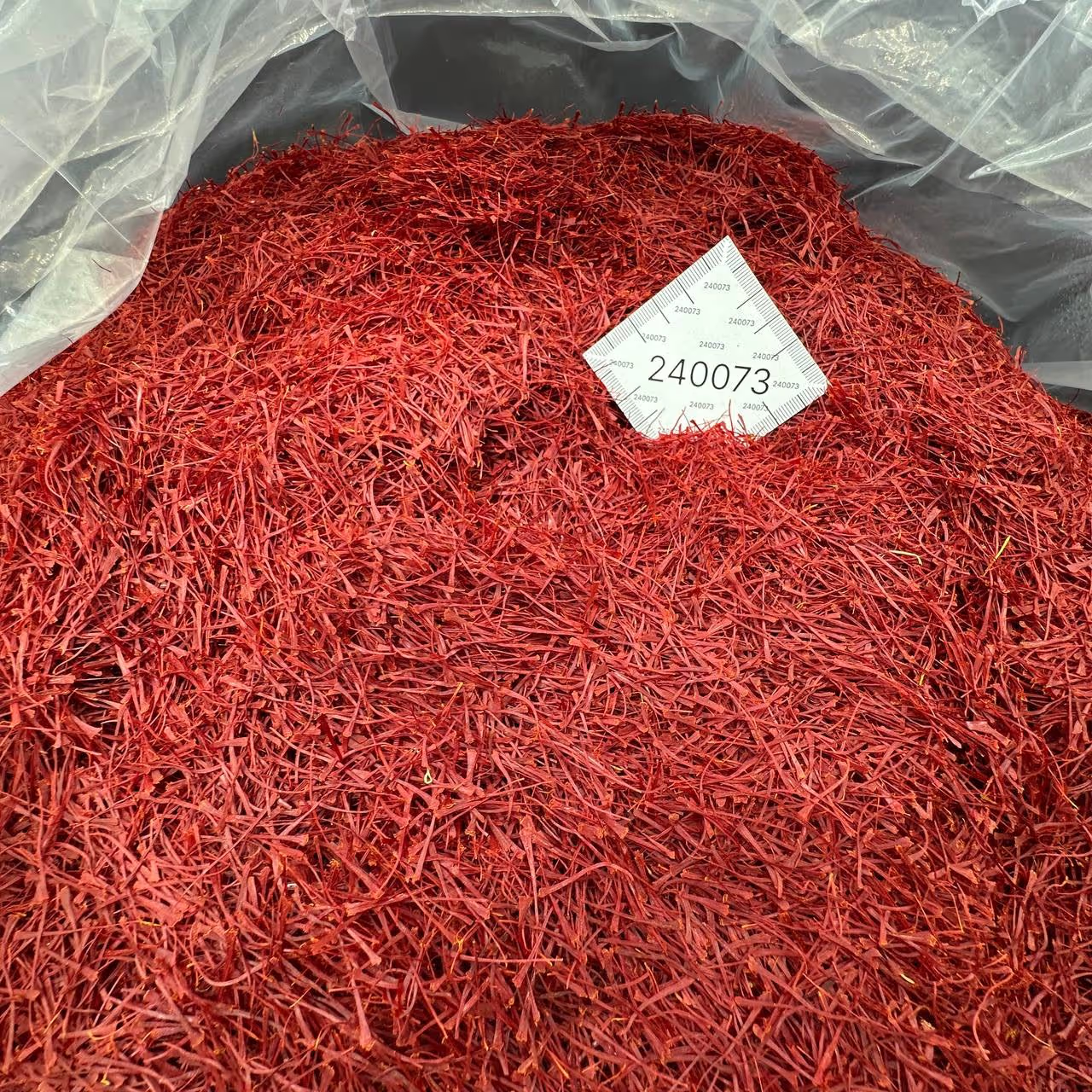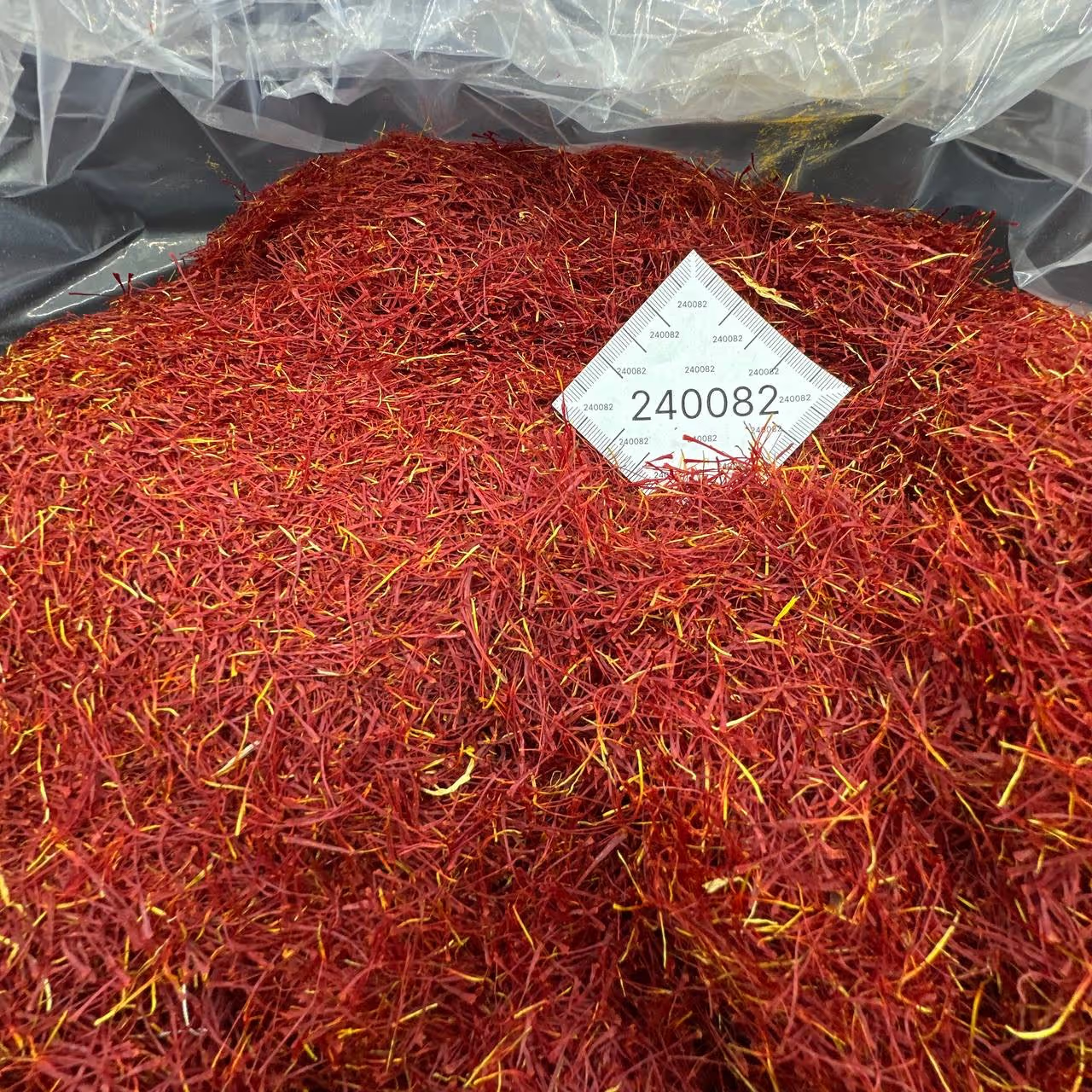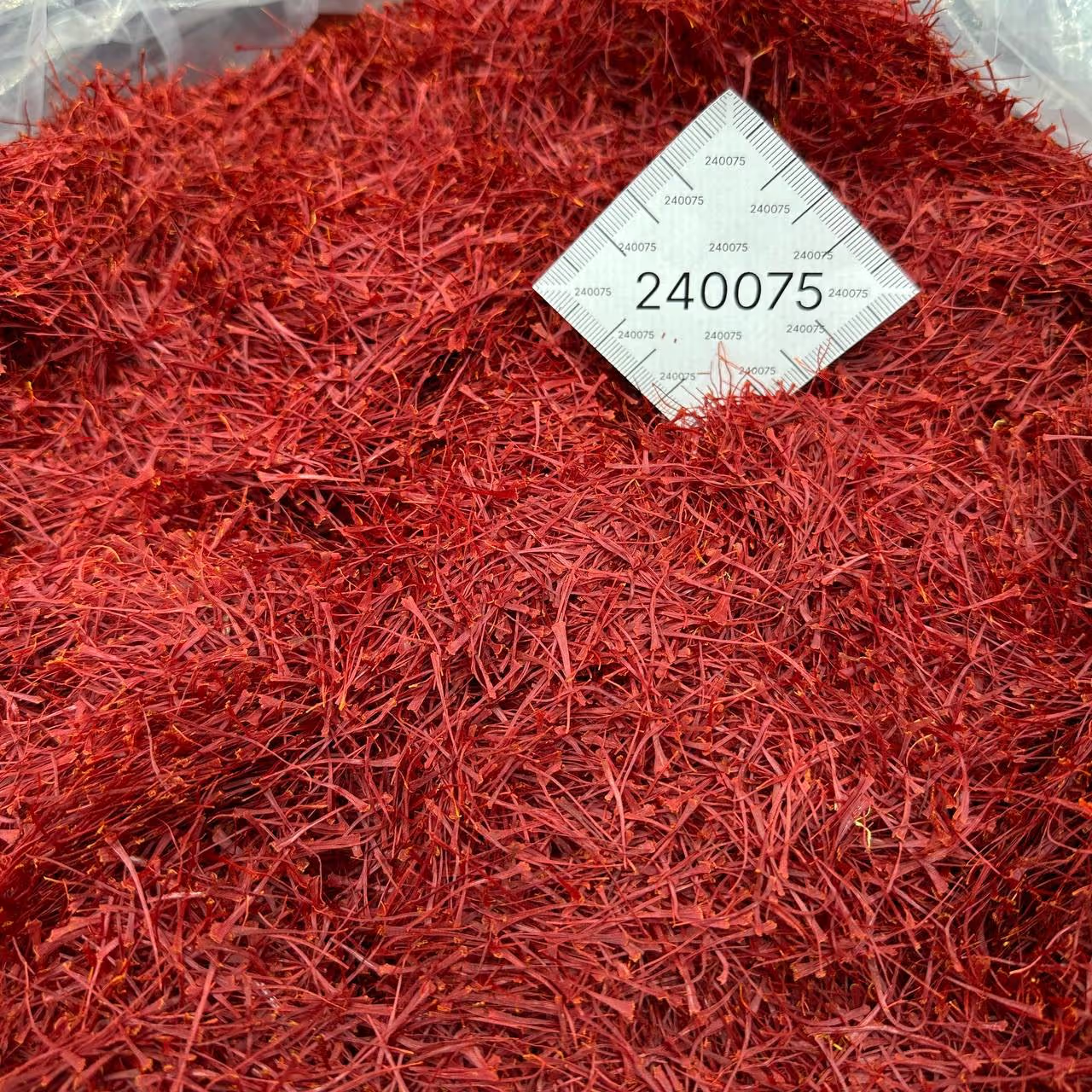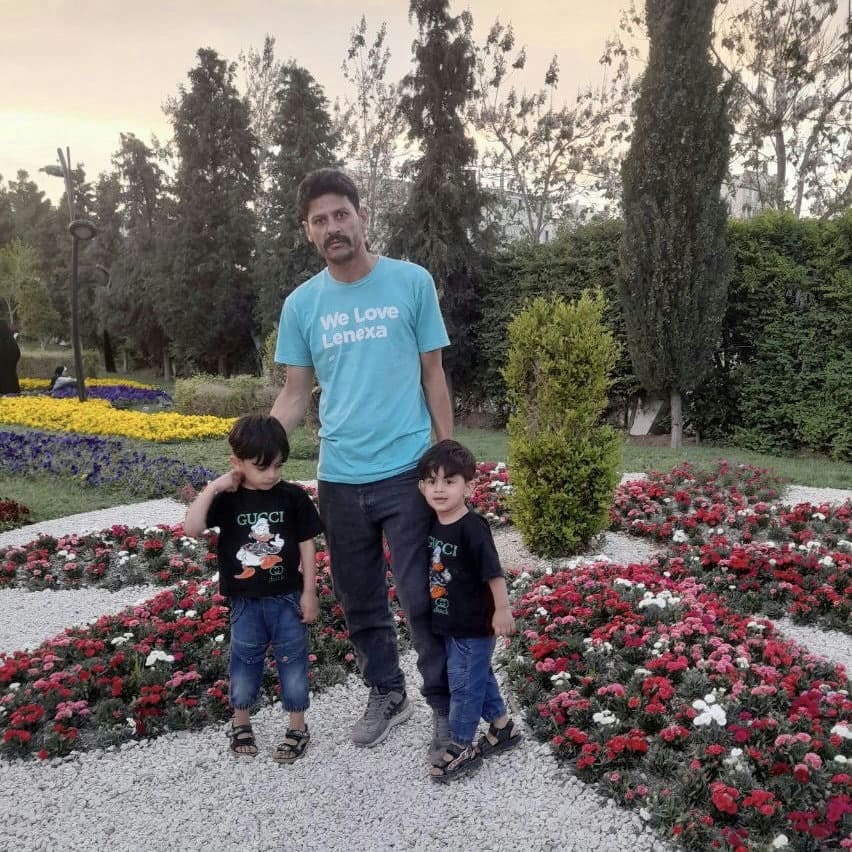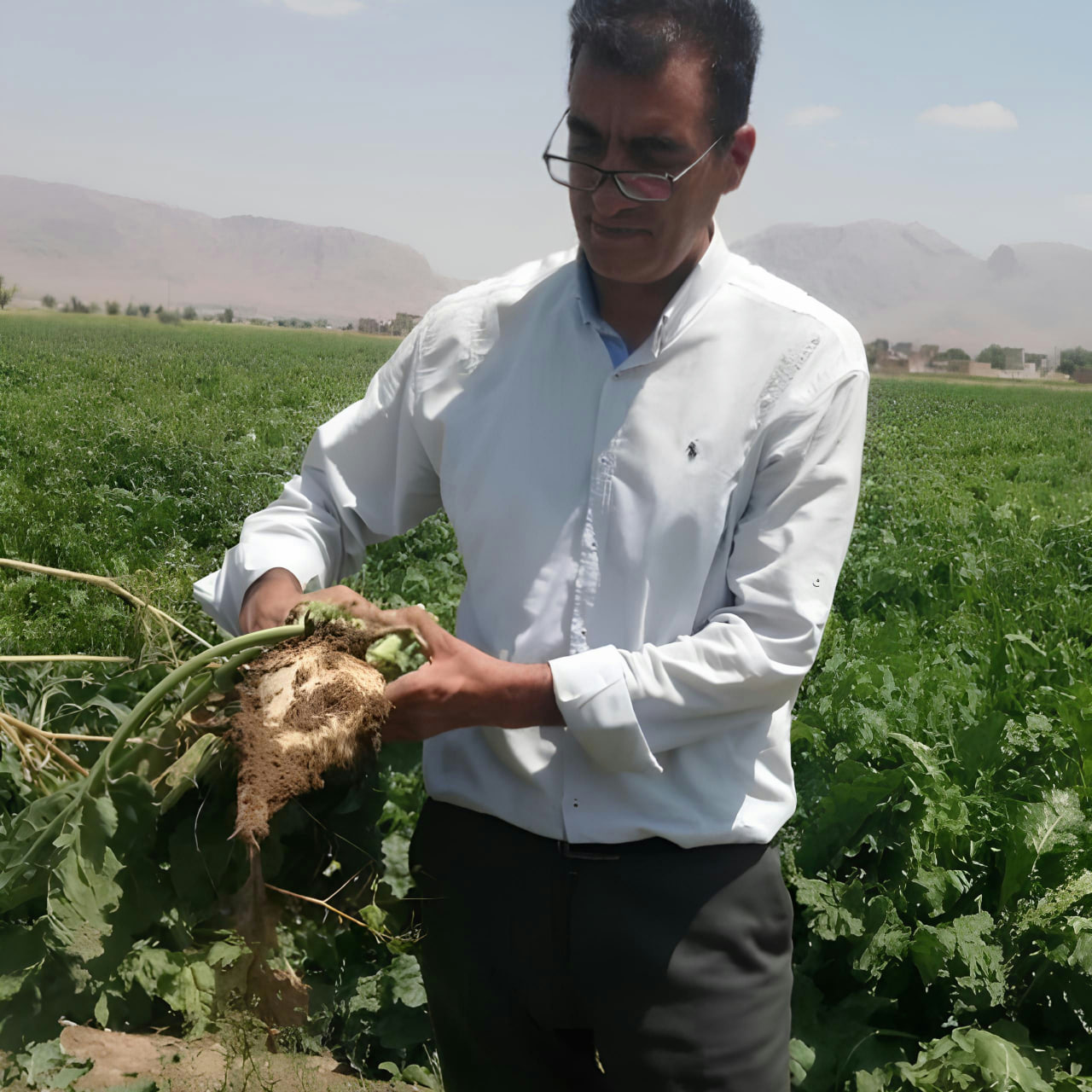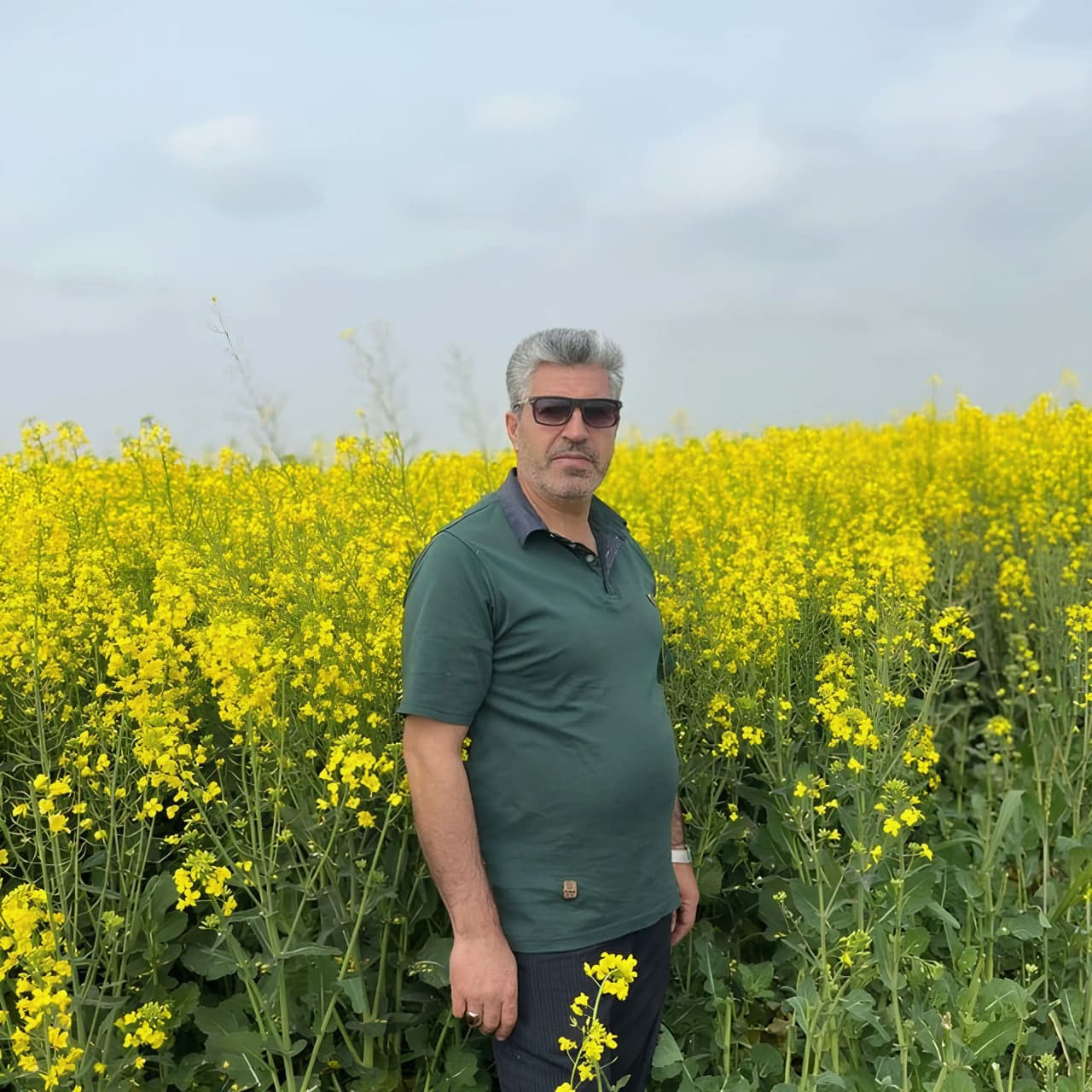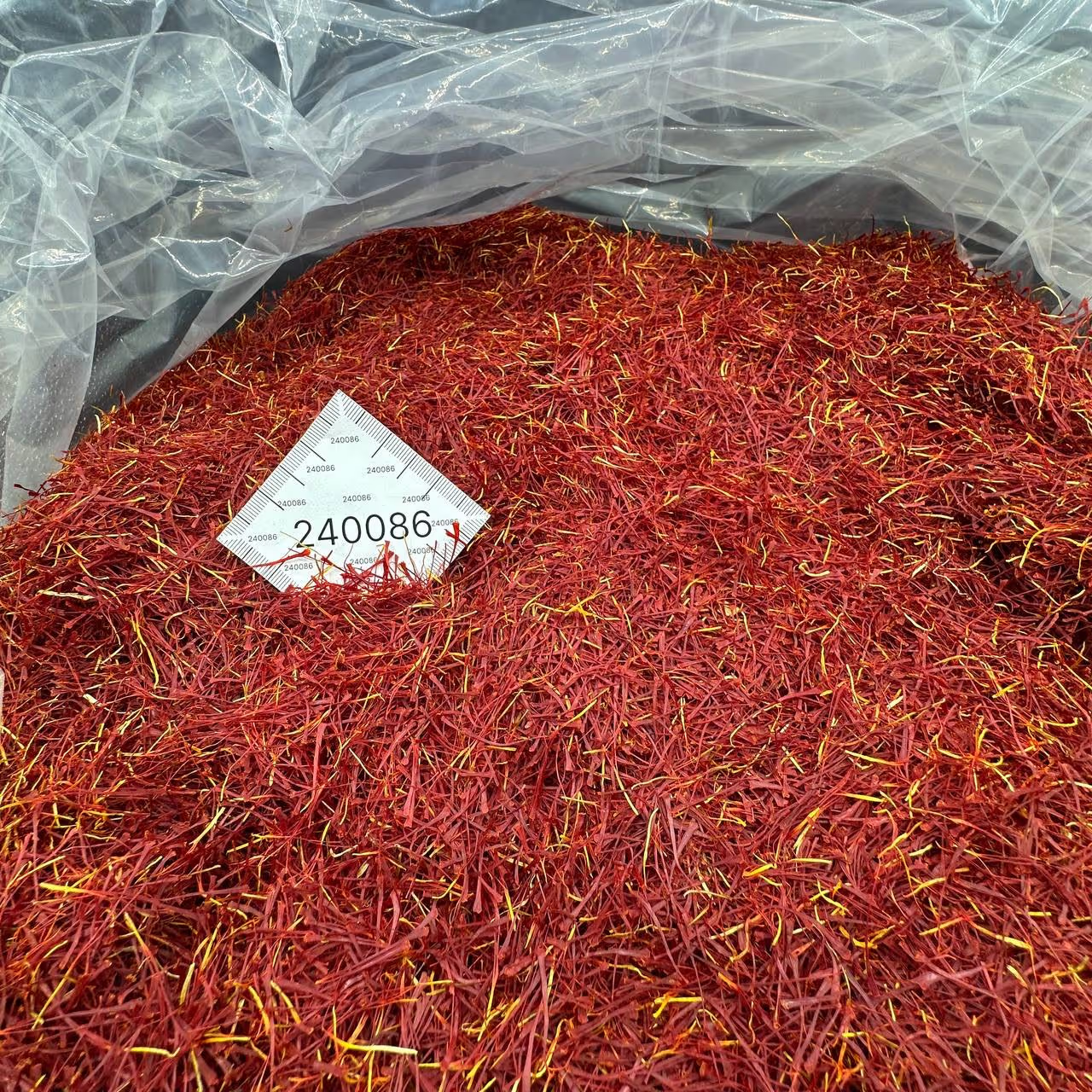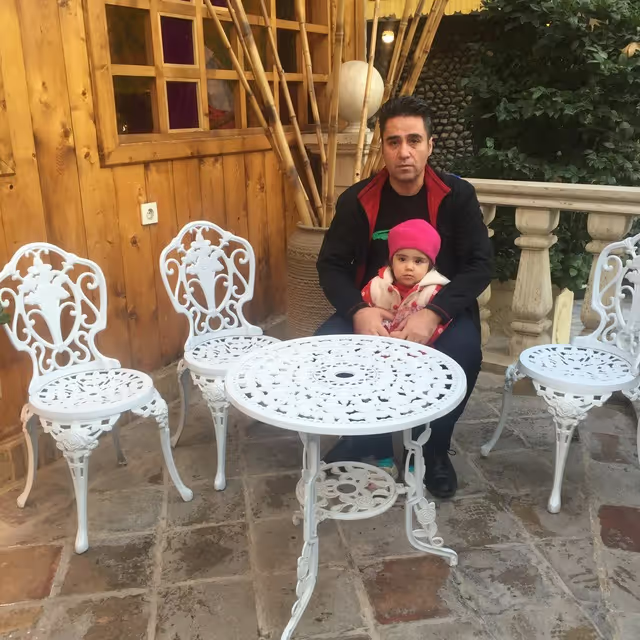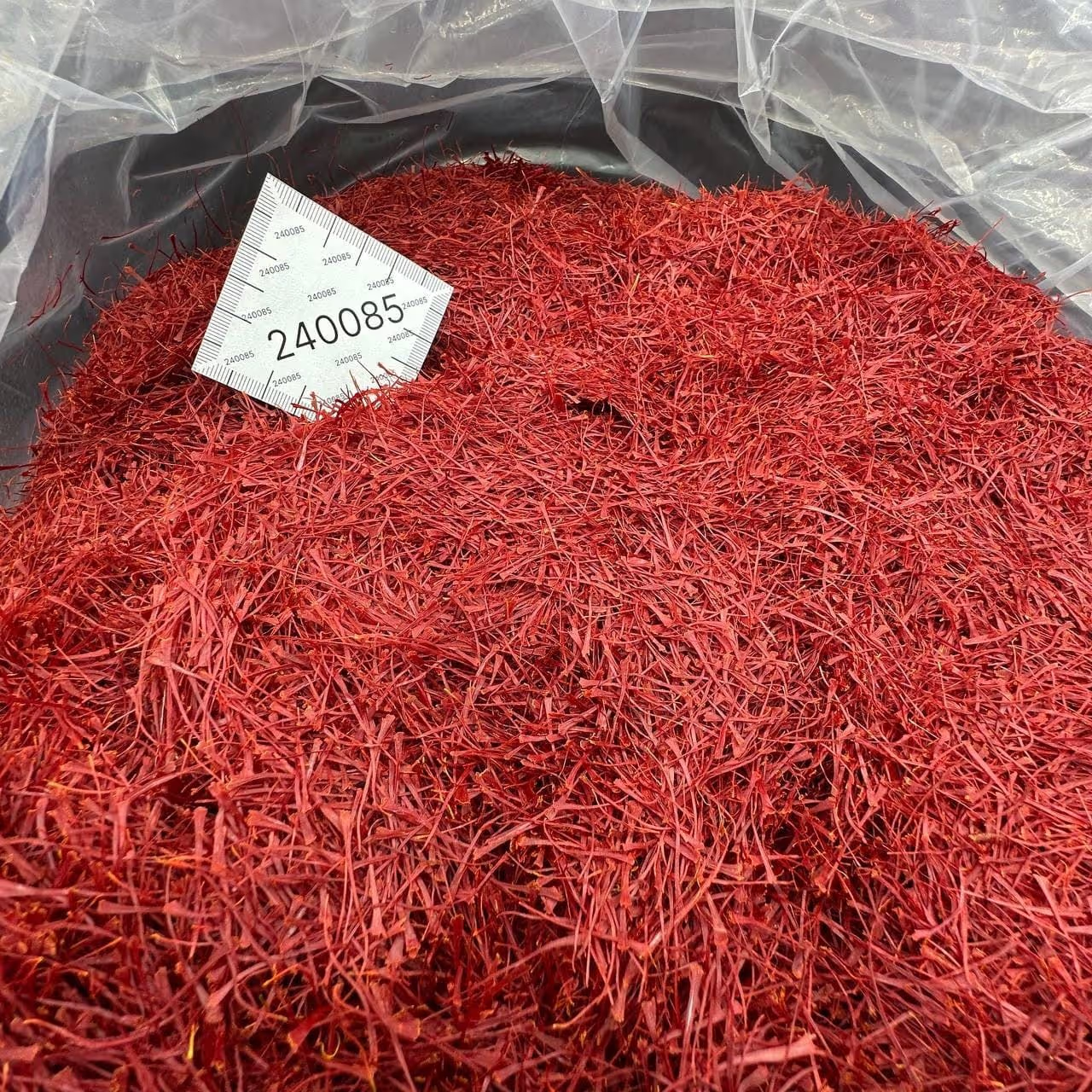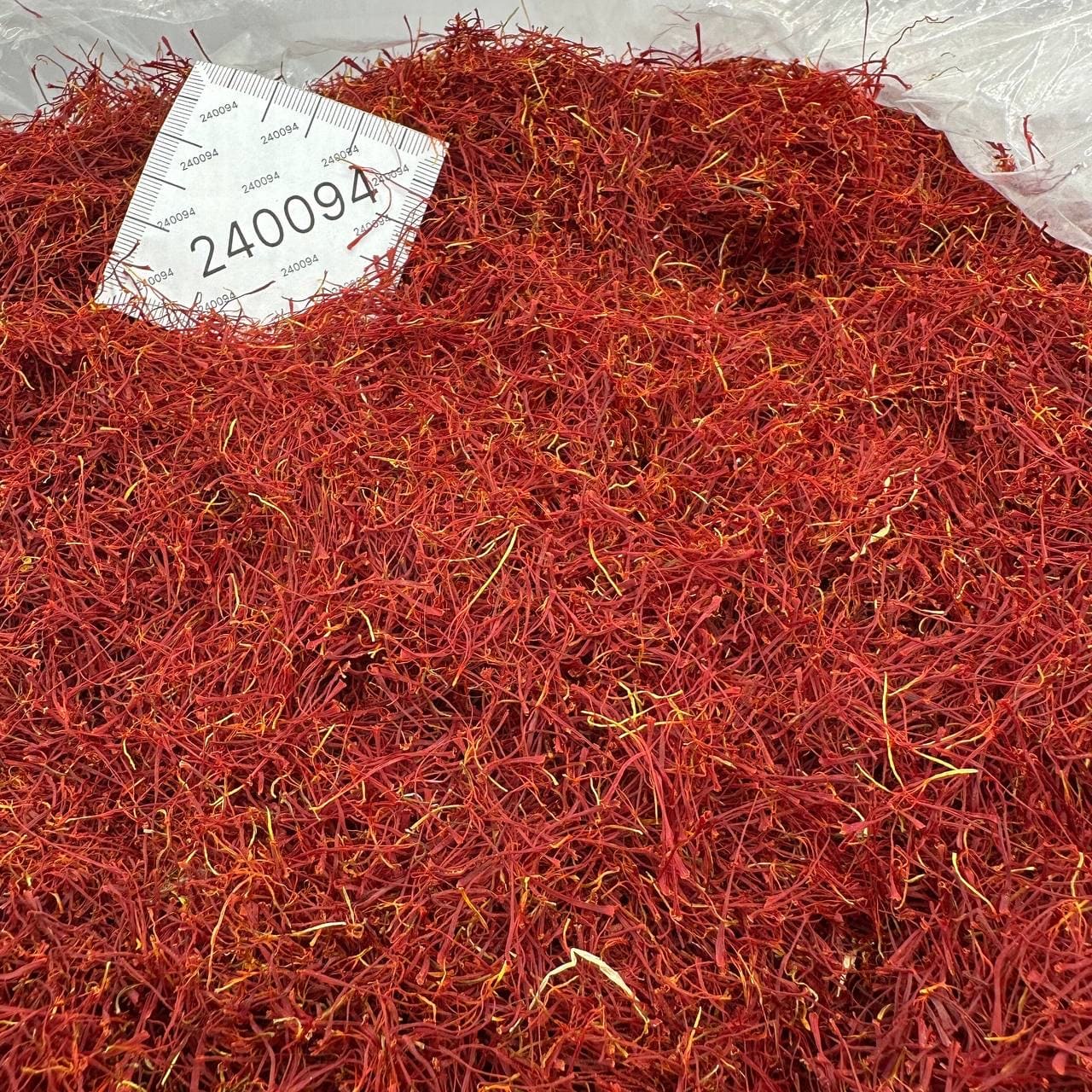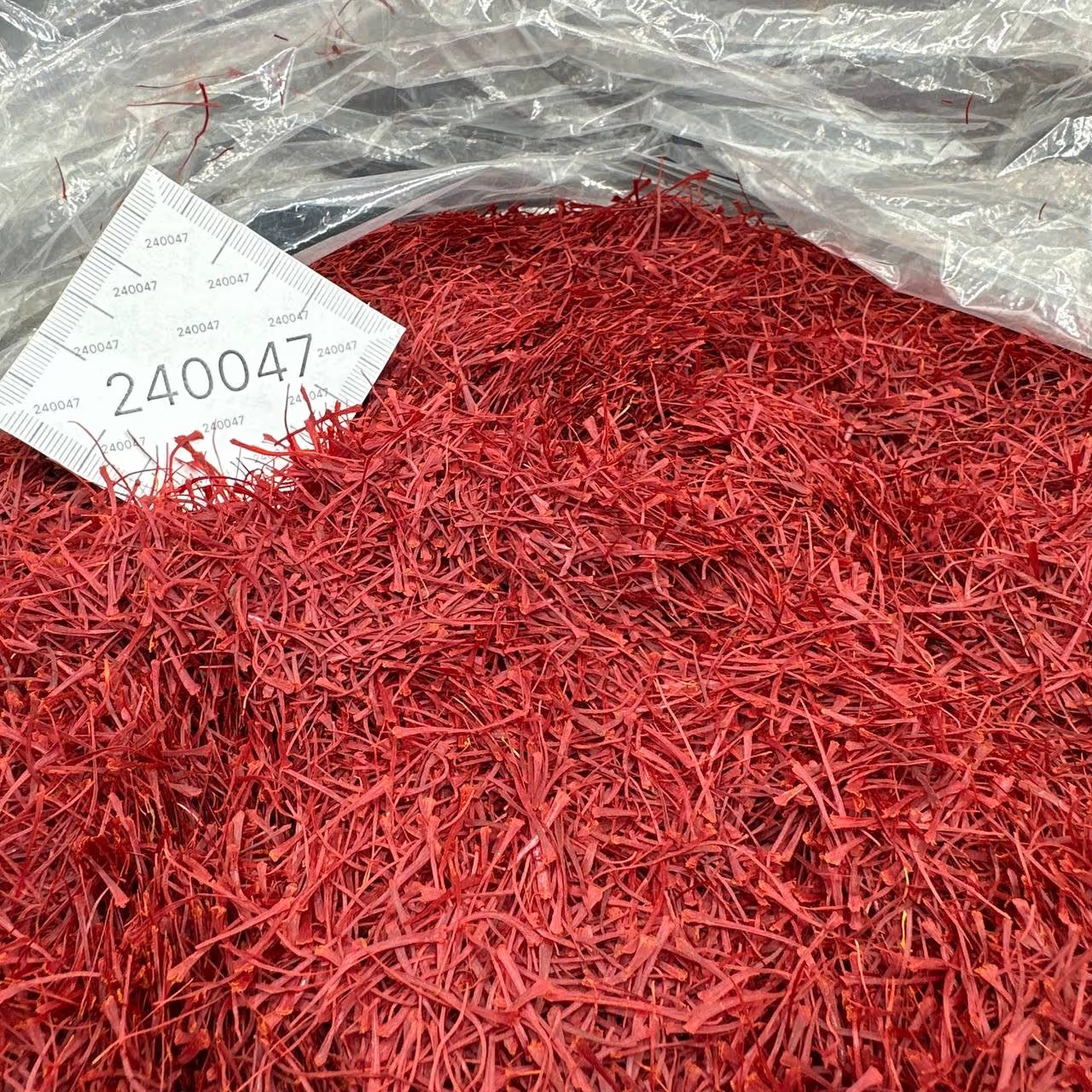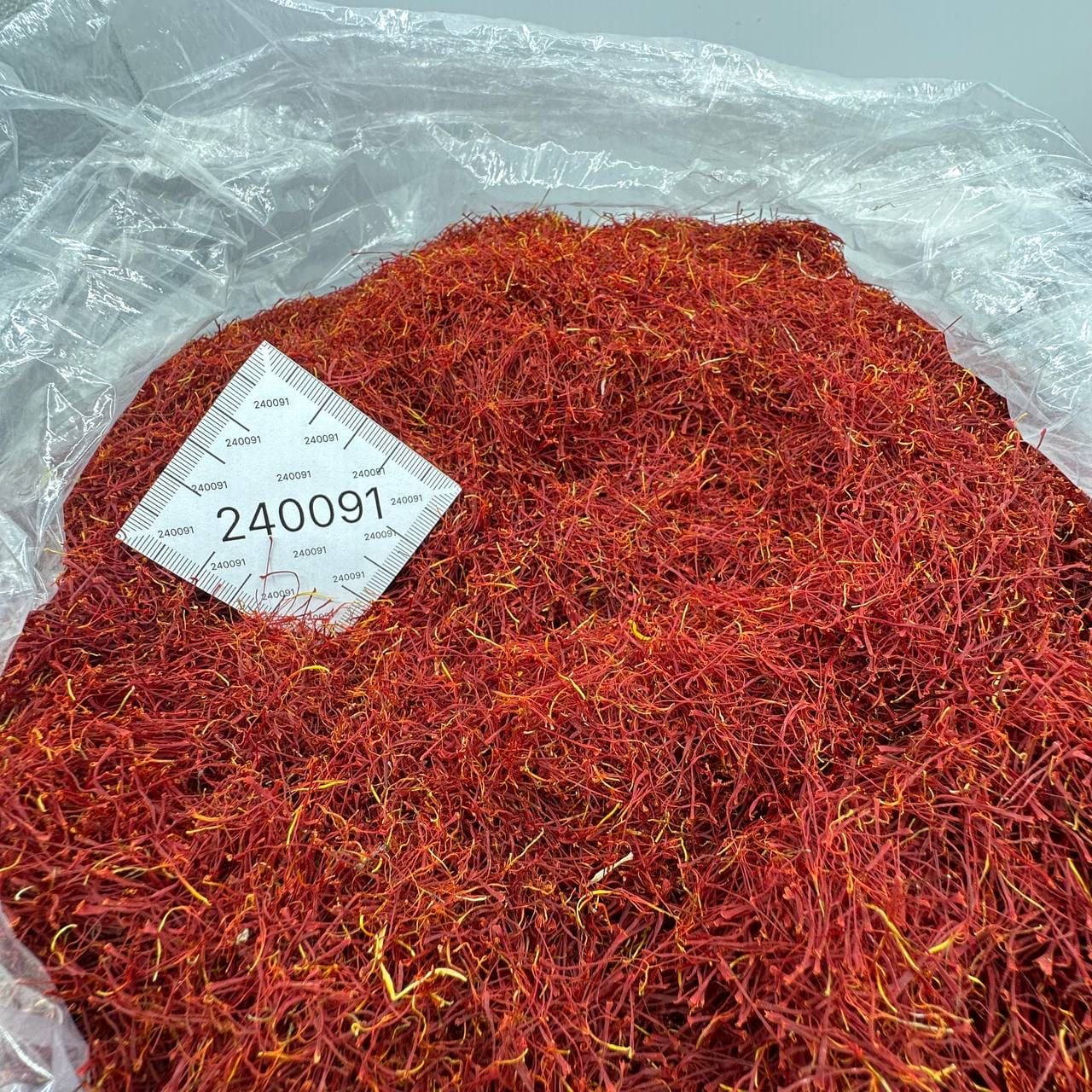The Definitive Guide to Saffron Price Per KG in Kuwait
Saffron, revered as "red gold," is more than a mere spice; it is a thread woven deep into the fabric of Kuwaiti and Middle Eastern culinary heritage. Its vibrant crimson hue, intoxicating aroma, and distinctively floral, earthy flavour are the signature of celebratory feasts, traditional recipes, and the cherished daily ritual of brewing Gahwa, or Arabic coffee. From the fragrant steam rising from a pot of Machboos to the delicate sweetness of a traditional dessert, saffron signifies hospitality, luxury, and a connection to a rich cultural history.
However, for chefs, procurement managers, and home connoisseurs in Kuwait, navigating the saffron market can be a complex undertaking. The price of this precious spice is often opaque, influenced by a myriad of factors ranging from international agricultural yields to intricate local import regulations. This guide serves as a transparent and comprehensive resource, designed to demystify the saffron price per kilogram in Kuwait. It provides a detailed analysis of market rates, deconstructs the key drivers of value, and offers strategic guidance for purchasing. The objective is to empower every buyer—from large-scale hospitality groups to individuals seeking the finest quality for their kitchen—with the knowledge to make confident, informed decisions. As a trusted partner in the global spice trade, Agroota is committed to quality, transparency, and furnishing customers with the expertise needed to truly appreciate and invest wisely in the world's most treasured spice.
Current Saffron Prices in Kuwait: A Comprehensive Market Analysis
To understand the value of saffron in Kuwait, it is essential to first establish clear, data-driven price benchmarks. The market is distinctly segmented into wholesale and retail channels, each with its own pricing structure. This analysis addresses the core questions of cost, providing a clear picture of current market rates and demonstrating how purchasing volume directly influences the price per gram.
Wholesale Saffron Price Per KG in Kuwait
For commercial enterprises such as restaurants, hotels, catering companies, and food manufacturers, purchasing saffron in bulk is the most economically viable approach. The wholesale price for one kilogram of high-quality, premium-grade saffron in Kuwait typically falls within a range of 900 KWD to 1,100 KWD.
This price point is derived from a consolidation of international supplier data, which often quotes prices in foreign currencies. For instance, reputable international suppliers list premium Iranian saffron at approximately €2,950 to €3,100 per kilogram, which translates to roughly 950 KWD to 1,000 KWD. Similarly, quotes in US dollars range from $2,850 to $3,000, aligning with the same Kuwaiti Dinar bracket. It is important to note that while some suppliers targeting broader Arab markets may quote lower prices, such as $1,400 to $1,600, these figures often correspond to a different, lower grade of saffron or a less stringent quality standard. The 900 KWD to 1,100 KWD range is the benchmark for the highest grades, such as Super Negin, which is the expected standard for the discerning professional market in Kuwait. Purchasing at this wholesale level provides the most significant cost savings, making it the preferred method for any business that utilizes saffron regularly.
Retail Saffron Price Per Gram in Kuwait
The retail market, which serves individual consumers and smaller businesses, operates on a completely different price scale. The price per gram for saffron purchased in small quantities from Kuwaiti hypermarkets and online retailers shows a significant increase compared to the wholesale cost. An analysis of local retail outlets indicates that the average price for a single gram of saffron ranges from 1.250 KWD to 3.675 KWD.
Specific examples from prominent retailers in Kuwait illustrate this price spectrum:
- Bahraman Saffron (1 gram) is available for approximately 1.250 KWD.
- Generic Iranian Saffron (1 gram) is often priced around 1.500 KWD.
- Majdi Spanish Saffron (1 gram) commands a higher price, typically between 3.130 KWD and 3.350 KWD.
- Premium brands like Taj Mahal Saffron (1 gram) are positioned at the top end of the retail market, costing between 3.250 KWD and 3.675 KWD.
The substantial difference between wholesale and retail pricing is attributable to several factors inherent to the consumer goods supply chain. These include the costs associated with smaller, more intricate packaging, branding and marketing efforts, local distribution logistics, and the final markup applied by the retailer to cover overheads and generate profit. This "convenience tax" reflects the entire value chain required to bring a premium product to a local supermarket shelf, from import and customs clearance to the high cost of prime retail space in establishments like Carrefour and Lulu Hypermarket.
Price Elasticity: How Purchase Volume Impacts Your Cost
The principle of economies of scale is starkly evident in the saffron market. The cost per gram decreases dramatically as the purchase volume increases. This inverse relationship between quantity and unit price is a critical consideration for any buyer looking to optimize their budget.
A simple calculation highlights the disparity: purchasing one kilogram of saffron at an average retail price of 2.500 KWD per gram would result in a total cost of 2,500 KWD. In contrast, acquiring the same kilogram at a wholesale price of 950 KWD reduces the effective per-gram cost to just 0.950 KWD. This represents a potential saving of over 60%, a compelling financial incentive for businesses to move from retail purchasing to establishing a wholesale partnership.
Furthermore, most international wholesale saffron prices are quoted in Euros (EUR) or U.S. Dollars (USD), while local transactions are conducted in Kuwaiti Dinars (KWD). This exposes Kuwaiti businesses that import directly to considerable currency exchange risk. A minor fluctuation in the EUR/KWD or USD/KWD exchange rate over a fiscal quarter can significantly alter ingredient costs, making financial forecasting difficult. A key advantage of partnering with a locally established B2B supplier like Agroota is the ability to secure stable, long-term pricing in KWD, effectively transferring the currency risk from the buyer to the supplier and allowing for more predictable and confident budgeting.
The following table provides a consolidated overview of the Kuwaiti saffron market, converting various purchase quantities and channel prices into a standardized format for clear comparison.
Table 1: Comparative Saffron Pricing Matrix in Kuwait (Estimated Averages)
| Purchase Quantity |
Typical Channel |
Average Price (KWD) |
Effective Price per Gram (KWD) |
| 1 Gram |
Retail (Hypermarkets, Online) |
2.500 KWD |
2.500 KWD |
| 5 Grams |
Retail / Small Wholesale |
10.000 KWD |
2.000 KWD |
| 10 Grams |
Wholesale / Online |
25.000 KWD |
2.500 KWD |
| 100 Grams |
Wholesale |
145.000 KWD |
1.450 KWD |
| 500 Grams |
Wholesale |
485.000 KWD |
0.970 KWD |
| 1 Kilogram |
Wholesale (Direct from Importer) |
950.000 KWD |
0.950 KWD |
Note: Prices are estimated averages based on available market data and are subject to change based on supplier, grade, and market conditions.
Deconstructing the Price: The Key Factors That Determine Saffron Value
The wide variation in saffron prices is not arbitrary; it is a direct reflection of verifiable quality, origin, and purity. Understanding these determining factors is crucial for any buyer, as it transforms the purchasing decision from one based solely on cost to one based on value. A higher price often corresponds to superior potency, aroma, and visual appeal, meaning less saffron is needed to achieve the desired culinary effect. This section moves the discussion from subjective claims of "quality" to objective, scientific standards.
The Critical Role of Saffron Grade: An ISO 3632 Deep Dive
The definitive global benchmark for saffron quality is the ISO 3632 standard, established by the International Organization for Standardization. This standard provides a scientific methodology for grading saffron based on its chemical composition, ensuring consistency and transparency in the global trade. The analysis, conducted via photospectroscopy in accredited laboratories, measures the concentration of three key compounds:
- Crocin: This carotenoid derivative is responsible for saffron's intense coloring strength (its dyeing power). It is measured at a light wavelength of 440 nm, and a higher reading indicates a more vibrant, potent color.
- Picrocrocin: This compound provides saffron's characteristic bitter taste profile. Its concentration is measured at 257 nm and is a primary indicator of flavor intensity.
- Safranal: This volatile oil is the main component responsible for saffron's unique, hay-like aroma. It is measured at 330 nm, and a higher value signifies a more fragrant spice.
Based on these laboratory results, saffron is classified into different commercial grades. For the Kuwaiti market, the most relevant grades are:
- Super Negin / Negin (ISO Category I): This represents the pinnacle of saffron quality. It consists of long, thick, all-red threads (stigmas) with no yellow or orange style attached. Negin grades boast the highest concentrations of crocin, picrocrocin, and safranal, making them the preferred choice for gourmet cuisine and professional applications where visual perfection and maximum potency are essential.
- Sargol (ISO Category I / II): Translated from Persian as "top of the flower," this grade consists only of the red stigma tips. While the threads are shorter than Negin, they are exceptionally potent in color and flavor. Sargol is a very high-quality grade and is one of the most commonly traded premium varieties globally.
- Pushal (ISO Category III): This grade contains the red stigmas along with a small portion of the yellow or orange style. This inclusion of the style, which has negligible flavor and color, dilutes the overall potency. Pushal is therefore a more economical option, suitable for applications where intense color is not the primary objective.
- Dasteh / Bunch (ISO Category IV): This is the most traditional form, where the entire saffron stigma—red, yellow, and white parts—is harvested and bundled together. It is the least potent and most affordable grade, typically used for specific traditional infusions or when budget is the main consideration.
For a business, selecting the appropriate grade is a strategic financial decision. A high-end restaurant requires the visual and aromatic impact of Super Negin for a signature dish, justifying the premium cost. A large-scale catering operation might find Sargol offers the best balance of potency and price for marinades, while a coffee shop could use Pushal for a cost-effective infusion in Gahwa. Partnering with an expert supplier allows a business to optimize its saffron procurement for each specific application, controlling costs without compromising the final product.
Table 2: International Saffron Grades and Their Applications for the Kuwaiti Market
| Grade Name |
ISO 3632 Category |
Key Characteristics |
Crocin (Color) Strength |
Recommended Kuwaiti / Regional Use Cases |
| Super Negin |
I |
Long, thick, fully red stigmas. Visually striking with maximum aroma and uniform texture. |
Very High (>250) |
Premium Machboos, Chelow rice, Tahchin, and fine desserts — where deep color and presentation are key. |
| Sargol |
I / II |
Shorter, all-red thread tips with high purity and potency. Excellent color diffusion. |
High (>220) |
Ideal for professional kitchens: stews (Khoresht), marinades (Joojeh Kabab), and daily rice dishes. |
| Pushal |
III |
Red stigmas with small yellow styles attached. Balanced aroma and affordability. |
Moderate (170–220) |
Perfect for everyday use: flavoring Gahwa (Arabic coffee), soups, broths, and traditional sweets. |
| Dasteh (Bunch) |
IV |
Full stigmas including red, yellow, and white parts. Milder taste and aroma. |
Lower (<170) |
Used in herbal teas, infusions, and low-intensity dishes where subtle aroma is desired on a budget. |
Note: Crocin strength values are typical benchmarks for each grade; actual values are confirmed by laboratory analysis.
Country of Origin: The Terroir of Saffron
Just as with other fine agricultural products, the region where saffron is grown—its terroir—imparts unique characteristics to its flavor and aroma profile. The primary sources of saffron available in the Kuwaiti market each have a distinct reputation:
- Iran: As the world's largest producer, Iran is often considered the global benchmark for high-quality saffron. It is renowned for producing potent Super Negin and Sargol grades with a powerful, aromatic profile that is highly sought after in Middle Eastern cuisine.
- Spain: Spanish saffron has a long and storied history and is marketed as a premium product in Kuwait. It is known for its quality and is a popular choice in many European and international markets.
- Afghanistan: In recent years, Afghanistan has emerged as a producer of world-class saffron, frequently winning international quality awards. Its profile is often compared favorably to the finest Iranian saffron, making it an excellent high-quality alternative.
- Kashmir (India): Kashmiri saffron is globally recognized as a premium variety, though it appears less frequently in the specific context of the Kuwaiti retail market data.
Purity and Certification: The Agroota Commitment to Quality
Given its high value, the saffron market is unfortunately susceptible to adulteration. Common fraudulent practices include mixing saffron threads with cheaper materials like dyed safflower petals, corn silk, or even colored paper, which adds weight but provides no flavor or aroma. This makes third-party verification an indispensable tool for ensuring product integrity.
For a B2B buyer, trust is the most critical component of a supplier relationship. This trust is built not on marketing claims, but on verifiable proof of quality. Reputable suppliers will always provide a Certificate of Analysis from an accredited laboratory confirming the saffron's grade according to ISO 3632 standards. This document transforms an abstract promise of "high quality" into a concrete, measurable fact.
Beyond product quality, food safety is paramount. In Kuwait's highly regulated food industry, certifications such as HACCP (Hazard Analysis and Critical Control Points) are essential. HACCP is a systematic, preventative approach to food safety that addresses physical, chemical, and biological hazards. Sourcing from HACCP-certified facilities ensures that the saffron has been handled, processed, and packaged according to the highest international safety standards, a non-negotiable requirement for any professional kitchen or food manufacturer.
At Agroota, every batch of our saffron is accompanied by a Certificate of Analysis confirming its ISO 3632 Category I status. All our products are sourced from HACCP-certified facilities, guaranteeing absolute purity, safety, and potency for our clients.
A Strategic Sourcing Guide for Saffron in Kuwait
Armed with a clear understanding of pricing and quality factors, buyers can approach the Kuwaiti market with a strategic mindset. The optimal sourcing method depends heavily on the buyer's profile—a professional chef has different needs and priorities than a home cook. This guide provides tailored advice for navigating the market and introduces the complexities of the import process, highlighting how a knowledgeable partner can provide a seamless procurement solution.
For Professionals: Securing a Reliable Wholesale Partner
For restaurants, hotels, and food manufacturers, the selection of a wholesale saffron supplier is a critical business decision. The ideal partner provides more than just a product; they deliver consistency, reliability, and expertise. Key criteria for selection should include:
- Consistent Quality: The supplier must guarantee a consistent supply of the specified ISO 3632 grade, batch after batch, ensuring that signature dishes remain unchanged.
- Stable Pricing: A reliable partner should offer transparent and stable pricing structures, preferably in KWD, to protect the business from volatile commodity markets and currency fluctuations.
- Reliable Supply Chain: The supplier must have a robust logistical network capable of ensuring on-time delivery and maintaining product integrity from the farm to the client's facility.
- Regulatory Expertise: A deep understanding of Kuwaiti customs and food safety regulations is crucial to prevent costly delays or shipment rejections.
Partnering directly with a source-level importer like Agroota offers significant advantages. It eliminates intermediaries, leading to more competitive pricing and providing a direct line of sight to the product's origin, which guarantees authenticity. Furthermore, direct partners can offer a range of bulk packaging options, from 250g and 500g packs to 1kg containers, catering to the specific needs of businesses of all sizes.
For the Discerning Consumer: Navigating the Retail Market
For the home cook or culinary enthusiast, purchasing saffron from retail outlets requires a keen eye. To ensure the acquisition of a high-quality product, consumers should look for the following indicators at the point of sale:
- Color: The most reliable visual cue is a deep, uniform crimson red. The presence of significant yellow or orange strands indicates a lower-grade Pushal or Dasteh product, which will have less potency.
- Aroma: High-quality saffron should have a strong, unmistakable aroma that is both floral and earthy. If the product has a weak, musty, or non-existent smell, it is likely old or of poor quality.
- The Cold Water Test: A simple yet effective home test for authenticity involves placing a few threads in a glass of cold water. Genuine saffron will slowly release a beautiful golden-yellow color into the water, while the threads themselves remain red. Fake saffron, often dyed with artificial colorants, will typically bleed a red or orange color almost instantly, and the threads may dissolve or lose their color entirely.
Navigating Kuwaiti Customs for Bulk Imports
For businesses considering direct importation, understanding Kuwait's regulatory framework is essential. The process is meticulous and requires precise documentation. A supplier who misunderstands or fails to comply with these regulations can cause significant disruptions. The complexity of these rules underscores the value of working with an experienced partner who manages this process seamlessly.
- HS Code: The internationally recognized Harmonized System (HS) code for saffron is 0910.20. This code is used by customs authorities worldwide to classify the product for duty and tax purposes.
- Tariffs and Duties: Kuwait, as part of the GCC, applies a standard 5% customs duty on the CIF (Cost, Insurance, and Freight) value of most imported goods. However, many basic foodstuffs, including spices, are often exempt from this duty, a critical nuance that an experienced importer will leverage to ensure cost-efficiency.
- Required Documentation: A full set of documents must accompany every commercial shipment. Failure to provide accurate and properly legalized paperwork is the most common cause of customs delays. The required documents include:
- Commercial Invoice: Detailing the goods, value, and seller/buyer information.
- Certificate of Origin: Stating the country of manufacture, which must be legalized by the Chamber of Commerce in the exporting country and certified by the Kuwaiti Embassy.
- Packing List: Itemizing the contents of the shipment.
- Bill of Lading (for sea freight) or Airway Bill (for air freight): The contract of carriage.
- Labeling Requirements: All food products imported into Kuwait are subject to the strict labeling regulations enforced by the Public Authority for Food and Nutrition (PAFN). Key requirements include:
- All label information must be provided in Arabic, either on the original packaging or a permanently affixed sticker.
- Production and Expiry dates must be printed directly onto the package by the manufacturer using indelible ink. Stickers for dates are not permitted.
- The country of origin must be clearly stated.
- Halal Considerations: As a raw agricultural product, saffron is inherently Halal. However, under PAFN and GSO (GCC Standardization Organization) regulations, if a product's packaging features a "Halal" logo or makes a Halal claim, it must be substantiated with a valid Halal certificate from a recognized body. This is a critical point of compliance for the Kuwaiti market.
The Agroota logistics team possesses comprehensive expertise in Kuwaiti import regulations. We manage all necessary documentation and ensure full compliance with PAFN and customs standards, providing a frictionless, door-to-door delivery service that eliminates regulatory burdens for our B2B partners.
Maximizing the Value of Your Saffron Investment
Acquiring premium saffron is only the first step; unlocking its full potential requires proper application and preservation. Understanding how to use different grades in culturally relevant dishes and how to protect the spice from Kuwait's challenging climate ensures that every thread delivers maximum flavor, aroma, and color. This post-purchase knowledge transforms a simple transaction into a lasting relationship built on customer success and satisfaction.
The Soul of the Kuwaiti Kitchen: Culinary Applications of Saffron
Connecting the technical grades of saffron to the beloved dishes of the region provides a practical framework for its use. This culinary education allows chefs and home cooks to use the spice more intelligently and cost-effectively.
- For Rice Dishes (Machboos, Biryani, Tahdig): These dishes are the centerpiece of many meals, and their visual appeal is paramount. The superior coloring strength (high crocin content) and potent aroma of Category I (Super Negin or Sargol) saffron are essential to achieve the signature golden hue and rich fragrance that define these recipes.
- For Sweets and Desserts (Muhallebi, Baklava, Halva): Saffron adds a luxurious and complex note to Middle Eastern sweets. A high-grade Sargol will impart a beautiful color and distinct flavor. For recipes where saffron is one of several strong flavors, a more economical Pushal grade can be used to add a subtle, fragrant background note without overwhelming the dish.
- For Beverages (Gahwa, Saffron Tea): The goal in flavoring Arabic coffee or tea is often a delicate infusion of aroma and a hint of flavor. This makes it an ideal application for the more budget-friendly Pushal or even Dasteh grades. These grades provide the desired subtle notes without the intense coloring power needed for rice, making them a highly cost-effective choice for this daily ritual.
Preserving "Red Gold": Optimal Storage in Kuwait's Climate
Saffron's greatest enemies are heat, light, and moisture—all of which are prevalent in Kuwait's climate. Improper storage can rapidly degrade the delicate compounds, diminishing the spice's potency and wasting a valuable investment. Adhering to strict storage protocols is therefore essential.
- Container: The container must be both airtight and light-proof. The best options are high-quality glass jars (preferably dark or amber glass) or metal tins with secure lids. Plastic containers should be avoided as they are often not completely airtight and can absorb the saffron's precious aroma over time.
- Location: Store the container in a cool, dark, and dry place. A pantry or cupboard away from the stove, oven, or direct sunlight is ideal. The optimal storage temperature is between 15°C and 20°C.
- Refrigeration: It is generally not recommended to store saffron in the refrigerator. While the temperature is cool, the primary risk is condensation. When the container is removed from the cold fridge into Kuwait's warm, humid air, moisture can form inside, which is extremely detrimental to the saffron threads. Refrigeration should only be considered in exceptionally hot and humid conditions, and even then, the container must be allowed to come to room temperature before opening.
- Shelf Life: When stored correctly, whole saffron threads can maintain their peak quality for two to three years. Saffron powder, due to its increased surface area, loses its potency much more quickly, typically within 6 to 12 months. This fact strongly reinforces the value of purchasing and storing saffron in its whole thread form.
A superior method for preserving saffron, particularly in challenging climates, is through advanced packaging technology. Nitrogen-flushed packaging, a form of Modified Atmosphere Packaging (MAP), is the gold standard. In this process, the oxygen inside the package is replaced with inert nitrogen gas before sealing. This eliminates oxidation—the primary process of degradation—and creates a dry, protective atmosphere that perfectly preserves the saffron's color, flavor, and aroma oils for an extended period. Agroota's premium saffron is supplied in specialized, nitrogen-flushed packaging, scientifically designed to protect the client's investment from the rigors of the Kuwaiti climate.
Frequently Asked Questions (FAQ)
Q: What is the price of 1kg of saffron in Kuwaiti Dinar?A: The wholesale price for premium Category I saffron in Kuwait typically ranges from 900 KWD to 1,100 KWD, depending on the specific grade, origin, and supplier.
Q: Which saffron grade is best for Kuwaiti Machboos?A: For the vibrant golden color and rich, complex aroma that are hallmarks of an authentic Machboos, it is highly recommended to use a Category I grade, such as Super Negin or Sargol. Their high crocin content ensures maximum coloring power.
Q: Is Halal certification required to import saffron into Kuwait?A: As a plant, saffron is naturally Halal and does not inherently require certification. However, according to regulations from Kuwait's Public Authority for Food and Nutrition (PAFN), if the product packaging includes a Halal logo or makes a Halal claim, a valid certificate from a recognized body must be provided to substantiate it. Agroota ensures all product labeling is fully compliant with local regulations.
Q: How can I be sure the saffron I'm buying in Kuwait is authentic?A: The most reliable method is to source from a reputable supplier who provides third-party laboratory reports verifying the saffron's grade according to the ISO 3632 standard. Visually, authentic, high-quality saffron should have a deep crimson color, long threads, and a strong, pleasant floral aroma.
Q: Can I store saffron in the fridge in Kuwait?A: It is generally not advisable due to the risk of condensation forming when the container is opened in a warm room. This moisture can ruin the saffron. The best method is to store it in an airtight, light-proof container in a cool, dark pantry. Agroota's specialized, nitrogen-flushed packaging is designed to offer superior protection against climatic challenges.


















